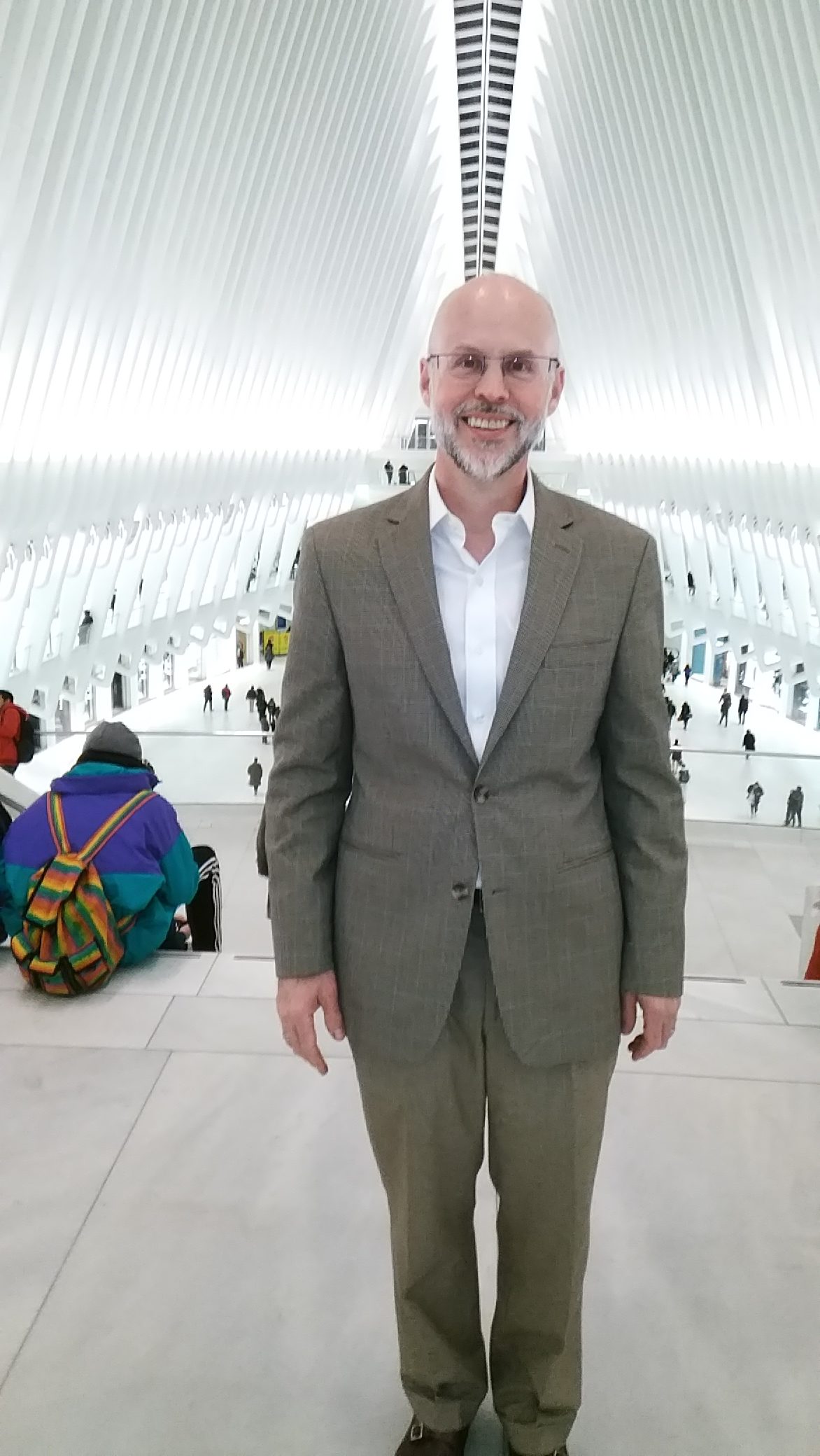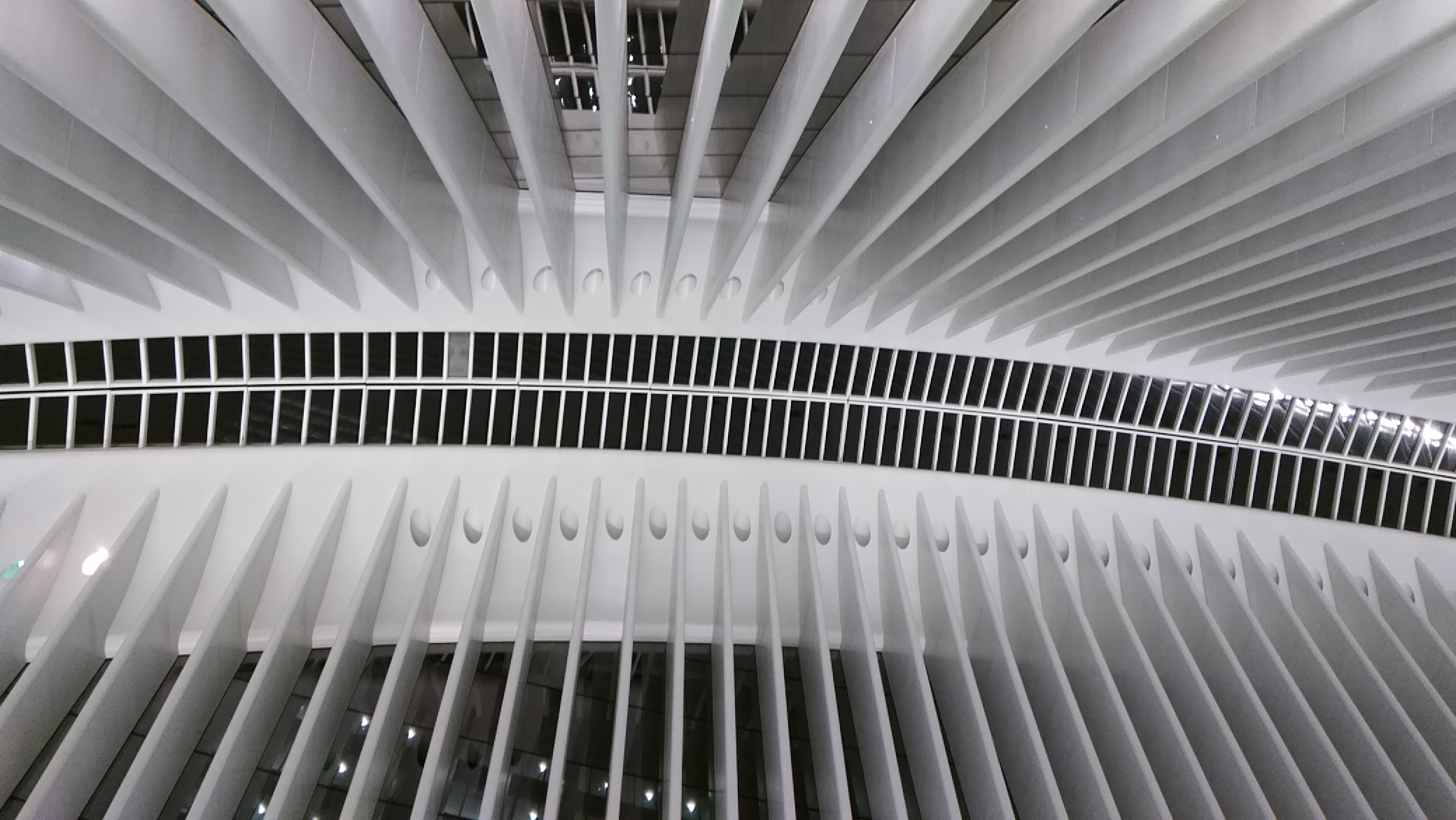Early in the afternoon of Easter Saturday, I boarded a 4 train at Atlantic Ave.-Barclays Ctr. in Brooklyn and rode it all the way to the Woodlawn station in the Bronx, which is the end of the line and nearly as far as you can go in New York City in that direction. It was a local train. As far as I could tell, there were no expresses to be had on that line that day, though I might have been wrong.
It was a long ride: the better part of two hours. But it was a ride I wanted to take, watching a shifting array of passengers get on and off, and when the train got to the Bronx, watching the borough go by, since the train is elevated up that way.
Some time ago, I wrote about my passage through the South Bronx in 1983: “Before long I was on the #5 IRT, which after leaving Manhattan becomes an elevated train and gave me a full look at the wasteland that is the south Bronx. Blocks of rundown buildings are one thing, but what’s astonishing is how few buildings stand on many blocks, and how much rubble there is. I’ve never seen the aftermath of a city shelled by an enemy, but I’d think it would look like this place.”
That impression of the South Bronx never quite left me. Of course things were different this time, because of the passage of 35 years, and the fact that the 4 takes a very different course than the 5 (which, note, I called the IRT 5 in those days). The 4 train took me past block after block of large apartment buildings, as you’d expect in much of New York, as well as by Yankee Stadium. A casual look at the route of the 5 on Google shows that much redevelopment has been done in that part of the borough, which I’ve also read about.
My goal for the day wasn’t riding the train, but walking through Woodlawn Cemetery. After I first visited Green-Wood Cemetery, I became intrigued with the prospect of seeing Woodlawn, which is an equivalent historic, park-like cemetery in the Bronx, founded in 1863 and so part of the rural cemetery movement. More than 300,000 people are interred there. When Saturday turned out to be clear and almost warm, that tipped my decision toward taking the trip up to Woodlawn.
The cemetery’s web site says: “Our 400-acre cemetery has become an outdoor museum to more than 100,000 visitors who tour our grounds each year. Our celebrated lot owners comprise artists and writers, business moguls, civic leaders, entertainers, jazz musicians, suffragists, and more, including Herman Melville, Joseph Pulitzer, Fiorello LaGuardia, Celia Cruz, Duke Ellington, Irving Berlin, and Elizabeth Cady Stanton, just to name a few.
“The cemetery’s collection of monuments — including over 1300 mausoleums — were designed by American architects, landscape designers, and sculptors. The work of McKim, Mead & White, Carrere & Hastings, Beatrix Farrand, Louis Comfort Tiffany, and Daniel Chester French graces Woodlawn’s grounds.”
I entered at the Jerome Ave. entrance and walked across the cemetery, generally heading northeast along the main road toward the main entrance. The cemetery isn’t kidding about its many mausoleums. A lot of really large ones seem to be concentrated close to the Jerome Ave. entrance. The result of lots of wealthy people imagining they would be remembered when, of course, they are not.
Still, they’re wonderful to look at. Here’s the stately mausoleum of Julius Manger, early 20th century hotel mogul.
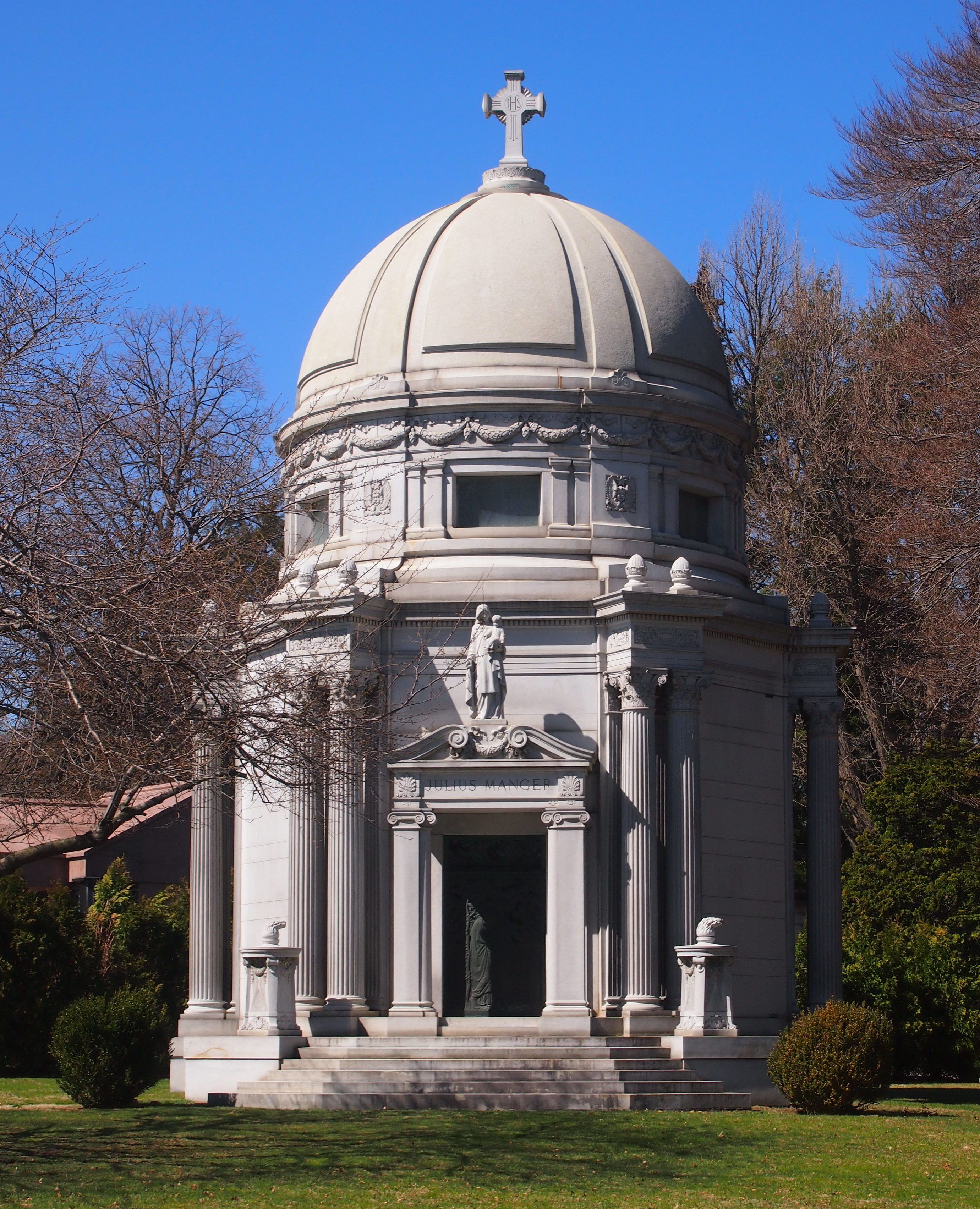
A Greek temple of a mausoleum for Francis Patrick Garvan, lawyer and long-time president of the Chemical Foundation.

The resting place of George Ehret, early 20th century beer baron. I was hoping it was the food faddist Arnold Ehret, but no.
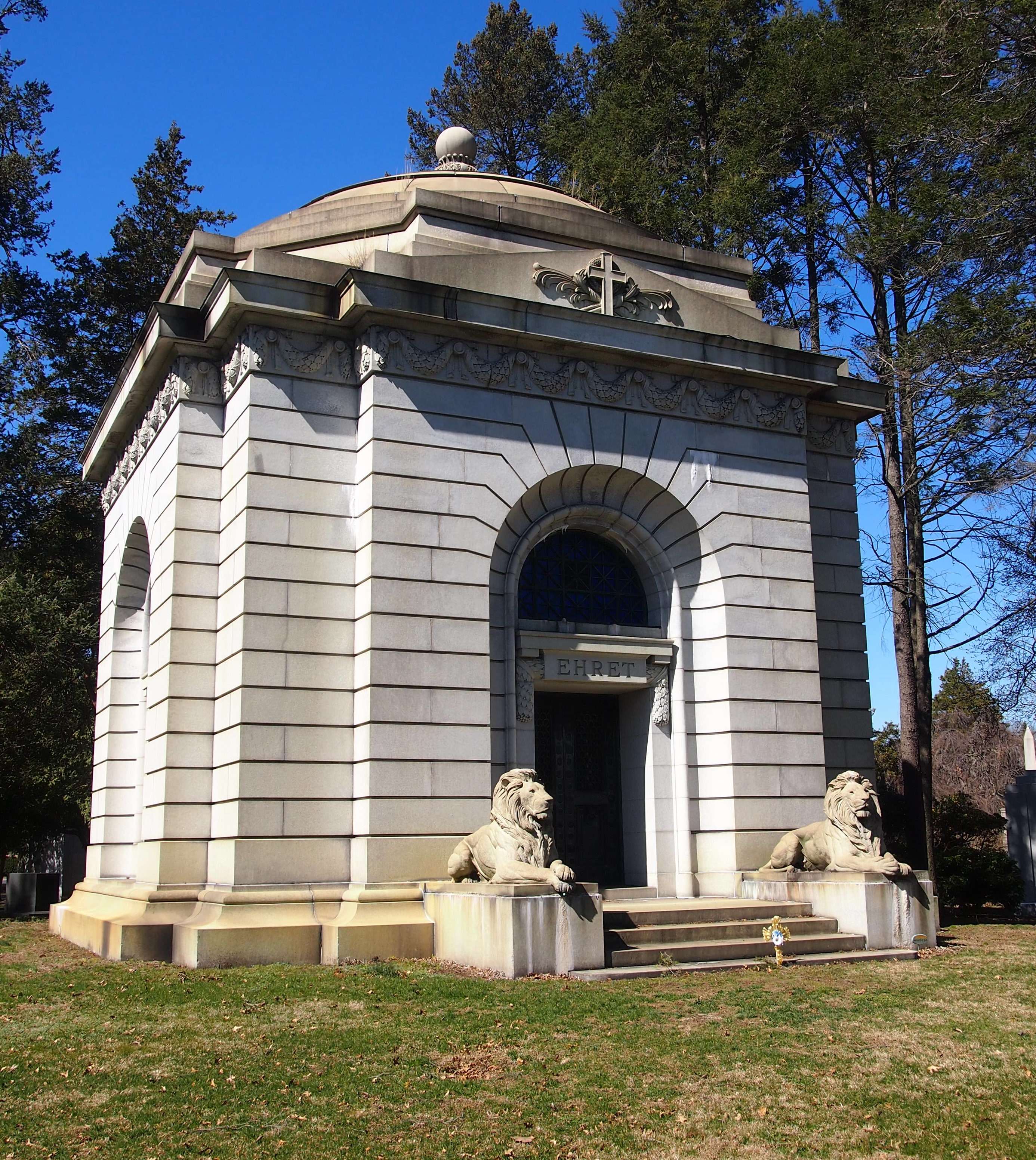
Here’s more Egyptian revival. Always makes my day to run across an example of it.
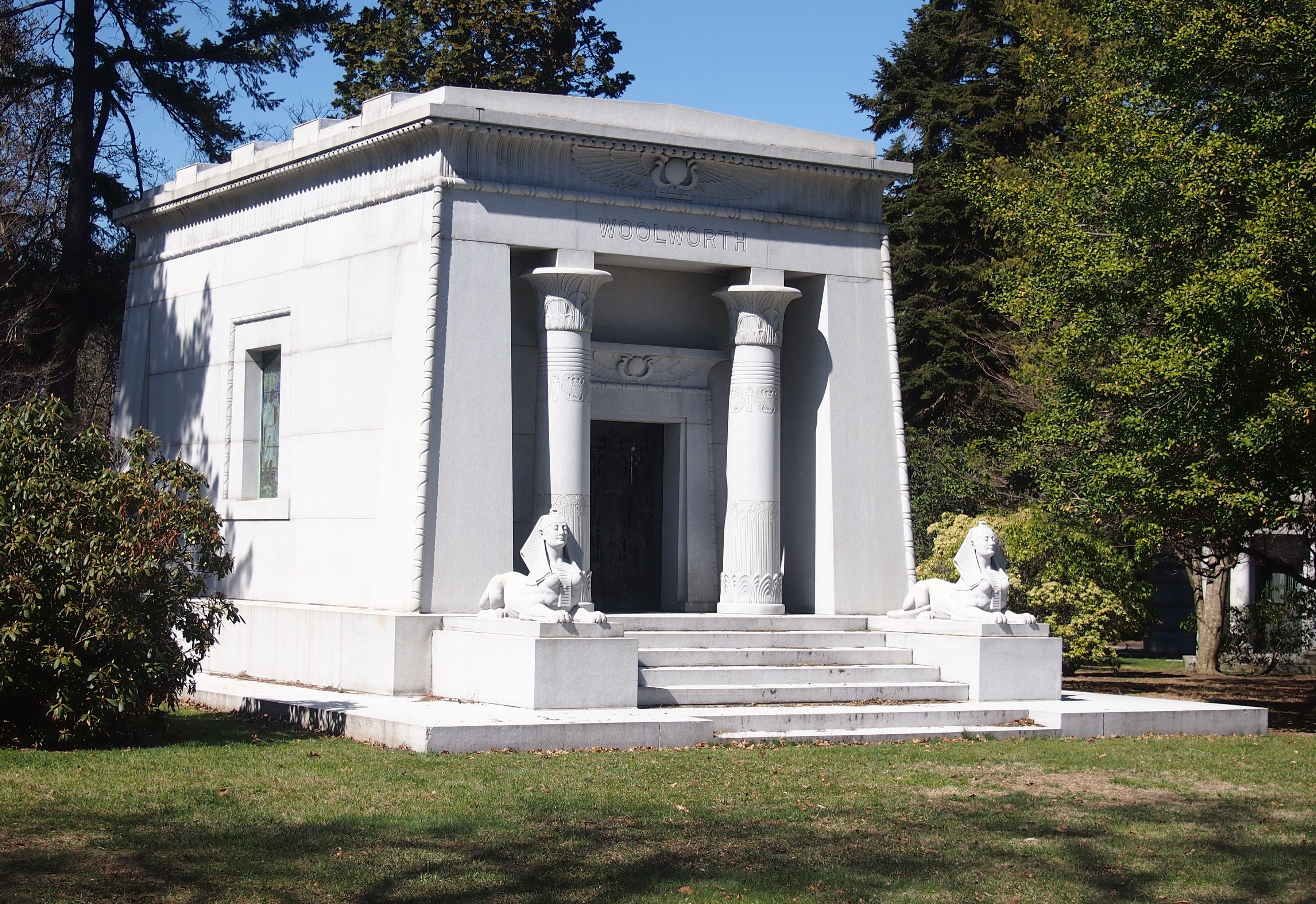 Woolworth? That Woolworth? Yes, indeed. F.W. Woolworth, the king of the dime store, who died in 1919.
Woolworth? That Woolworth? Yes, indeed. F.W. Woolworth, the king of the dime store, who died in 1919.
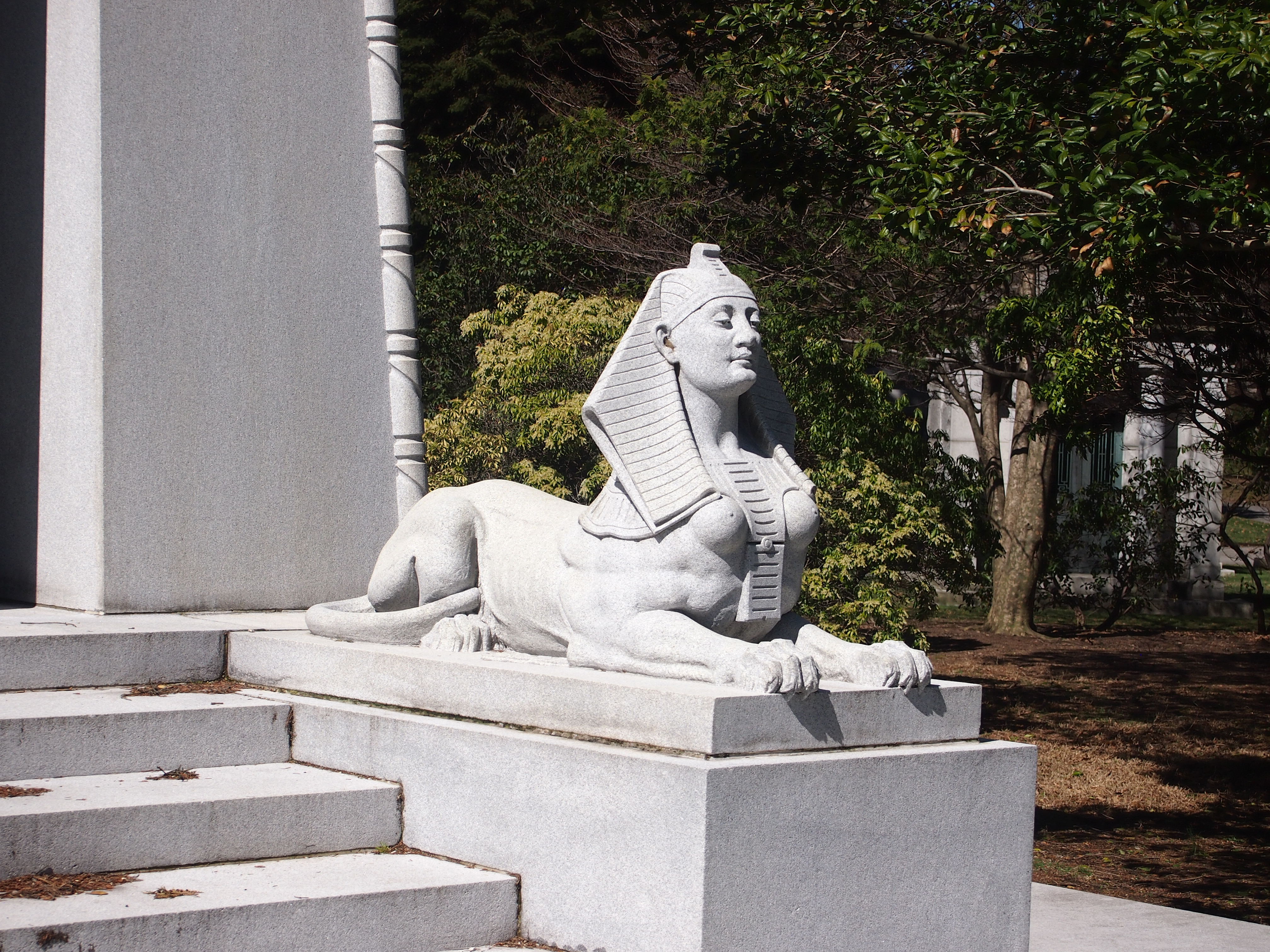
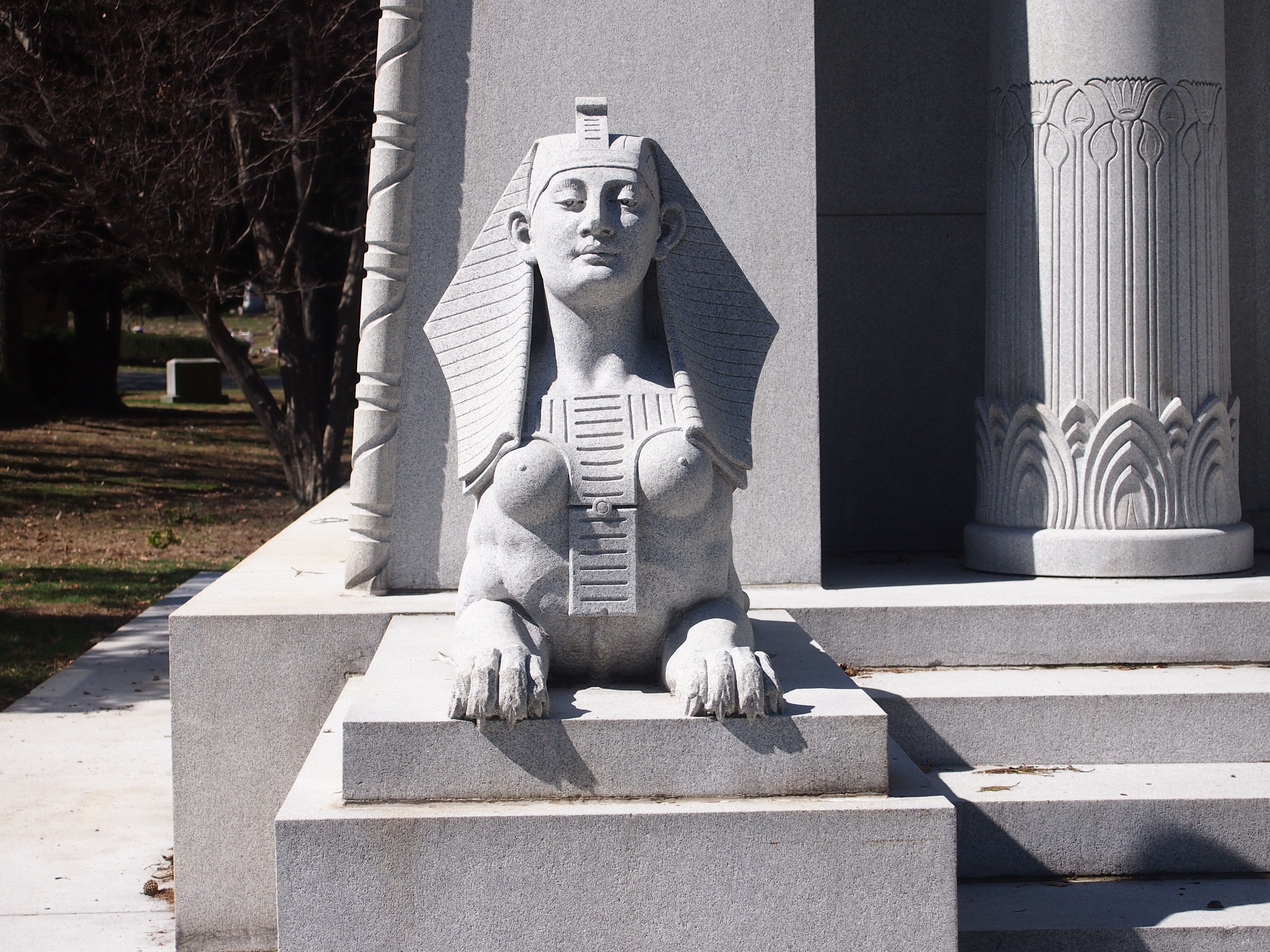 Among these major mausoleums, Woolworth was the only one I’d heard of before looking them up. I wasn’t out to look for famous graves, though I knew Woodlawn has plenty. I had no guide or map. I was just walking to see what I could see.
Among these major mausoleums, Woolworth was the only one I’d heard of before looking them up. I wasn’t out to look for famous graves, though I knew Woodlawn has plenty. I had no guide or map. I was just walking to see what I could see.
Mausoleums weren’t the entire scope of the cemetery. I saw many more modest markers, or not so modest, some very elegant.
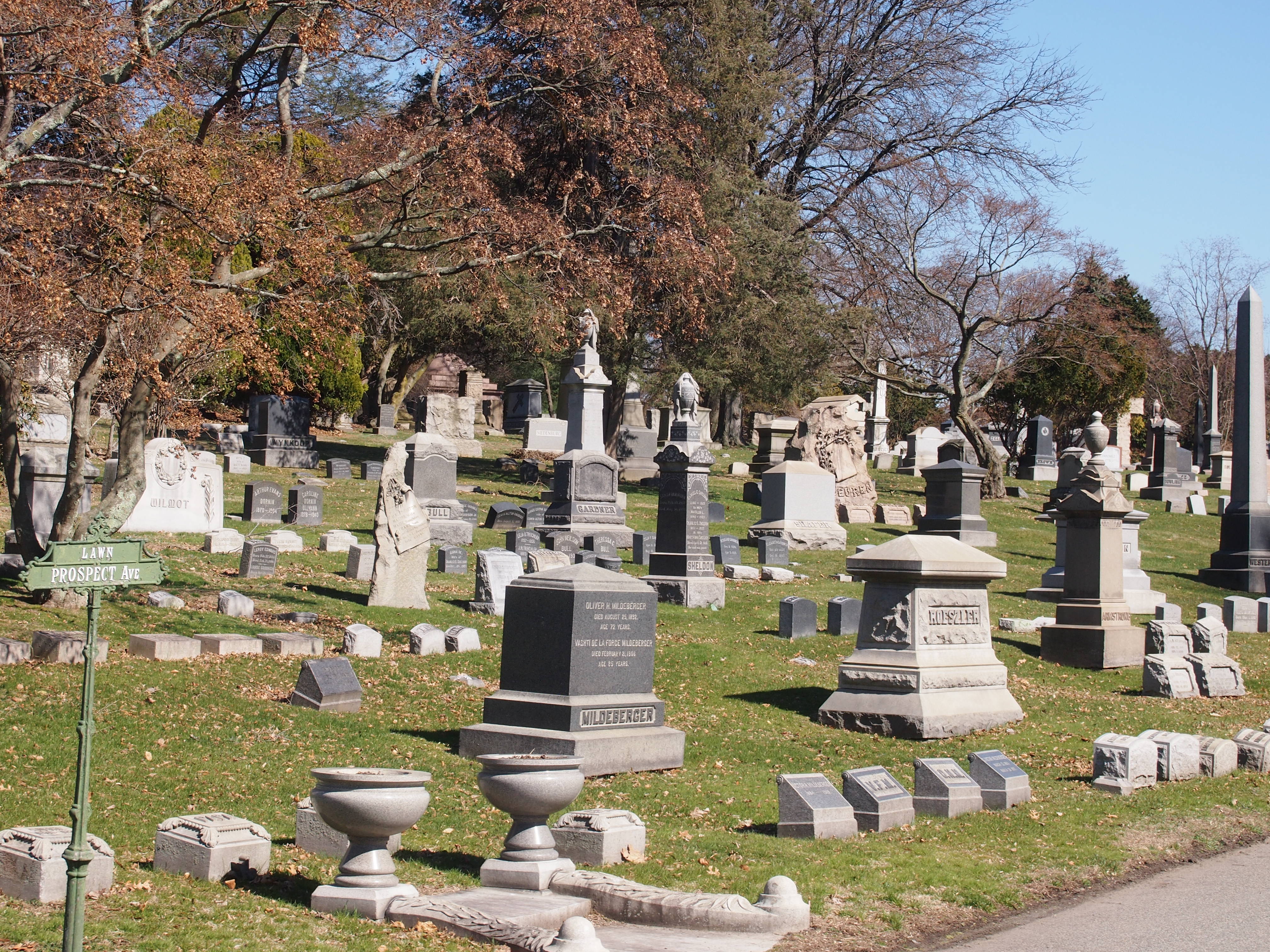
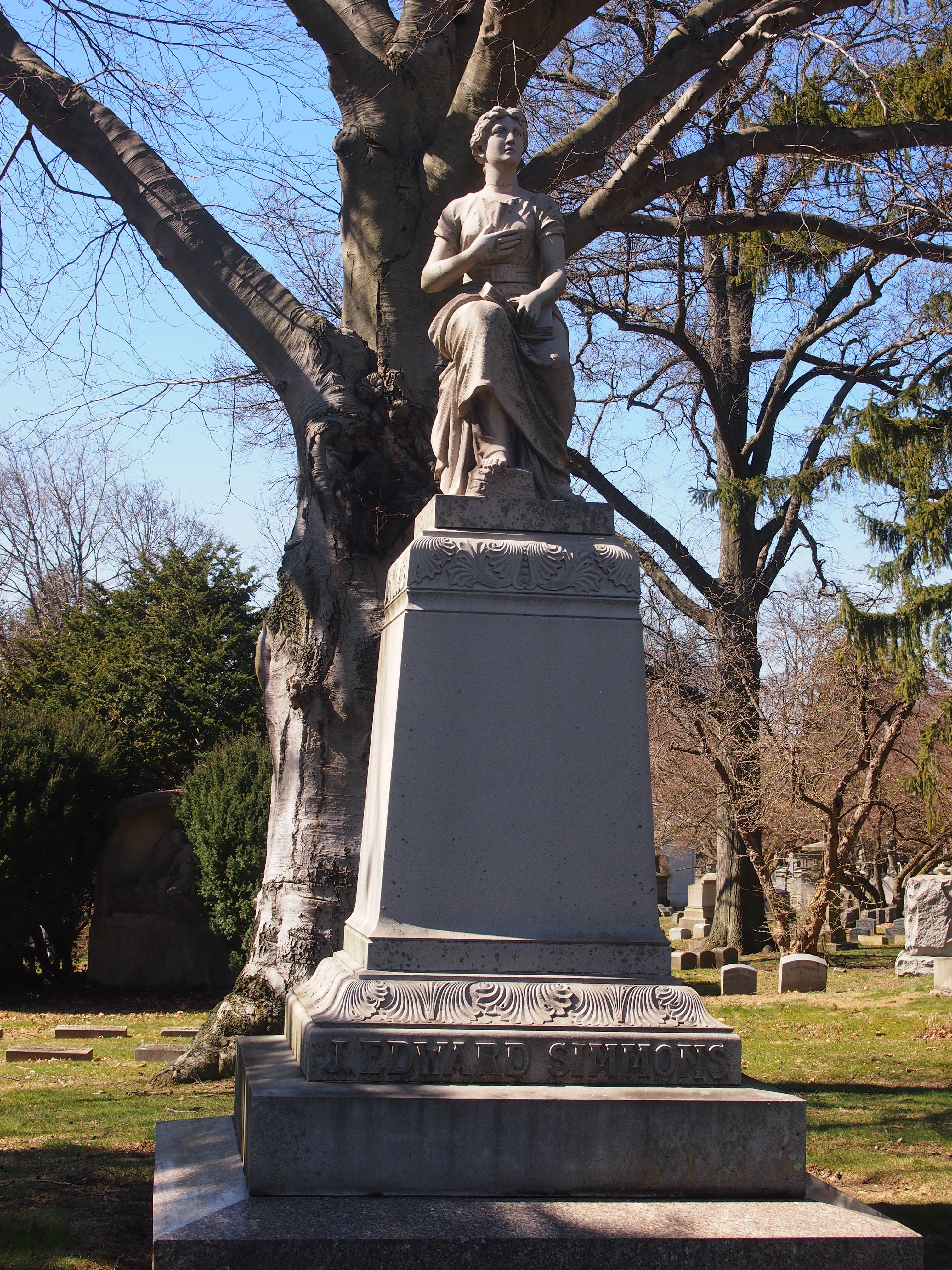
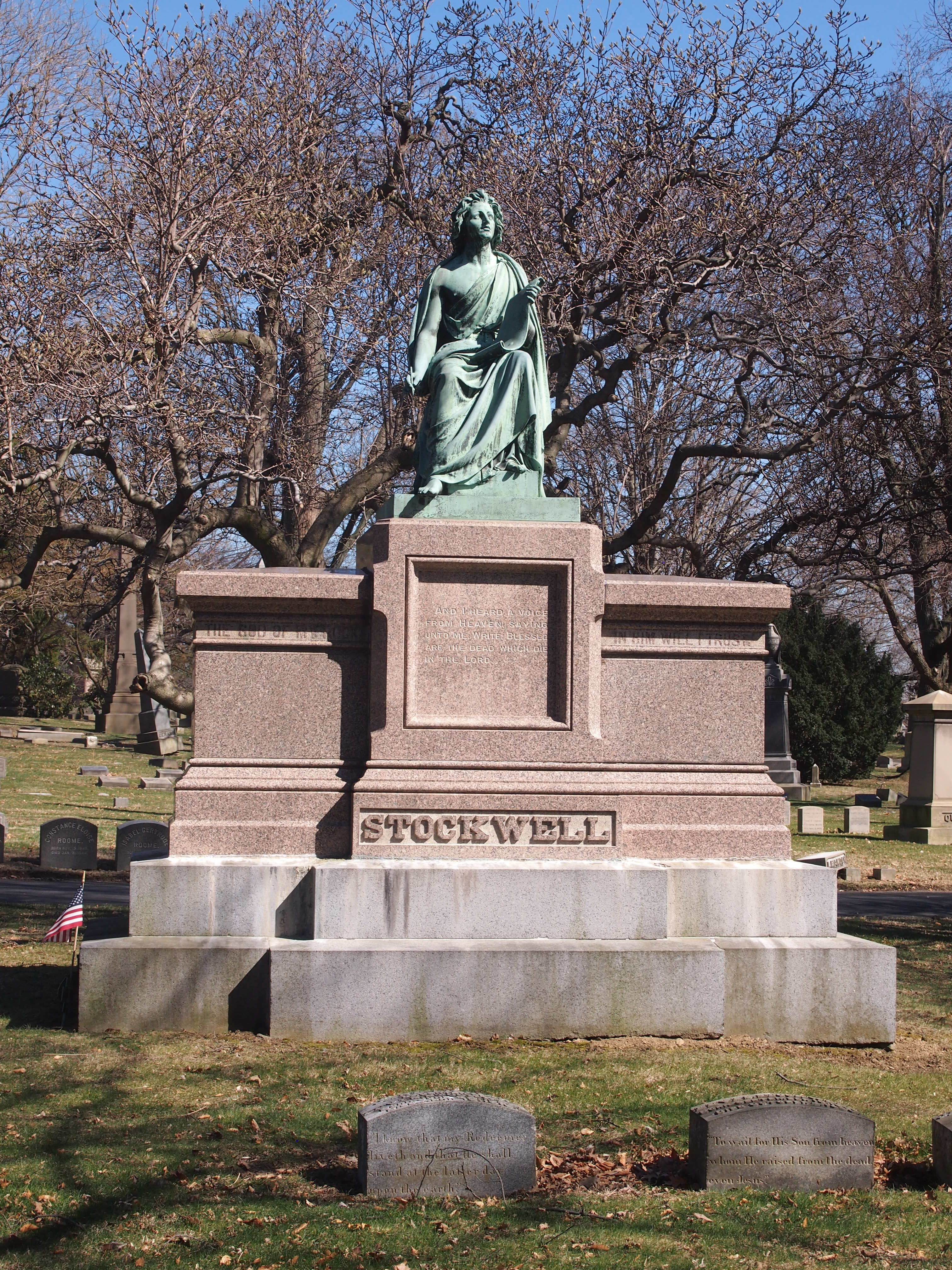
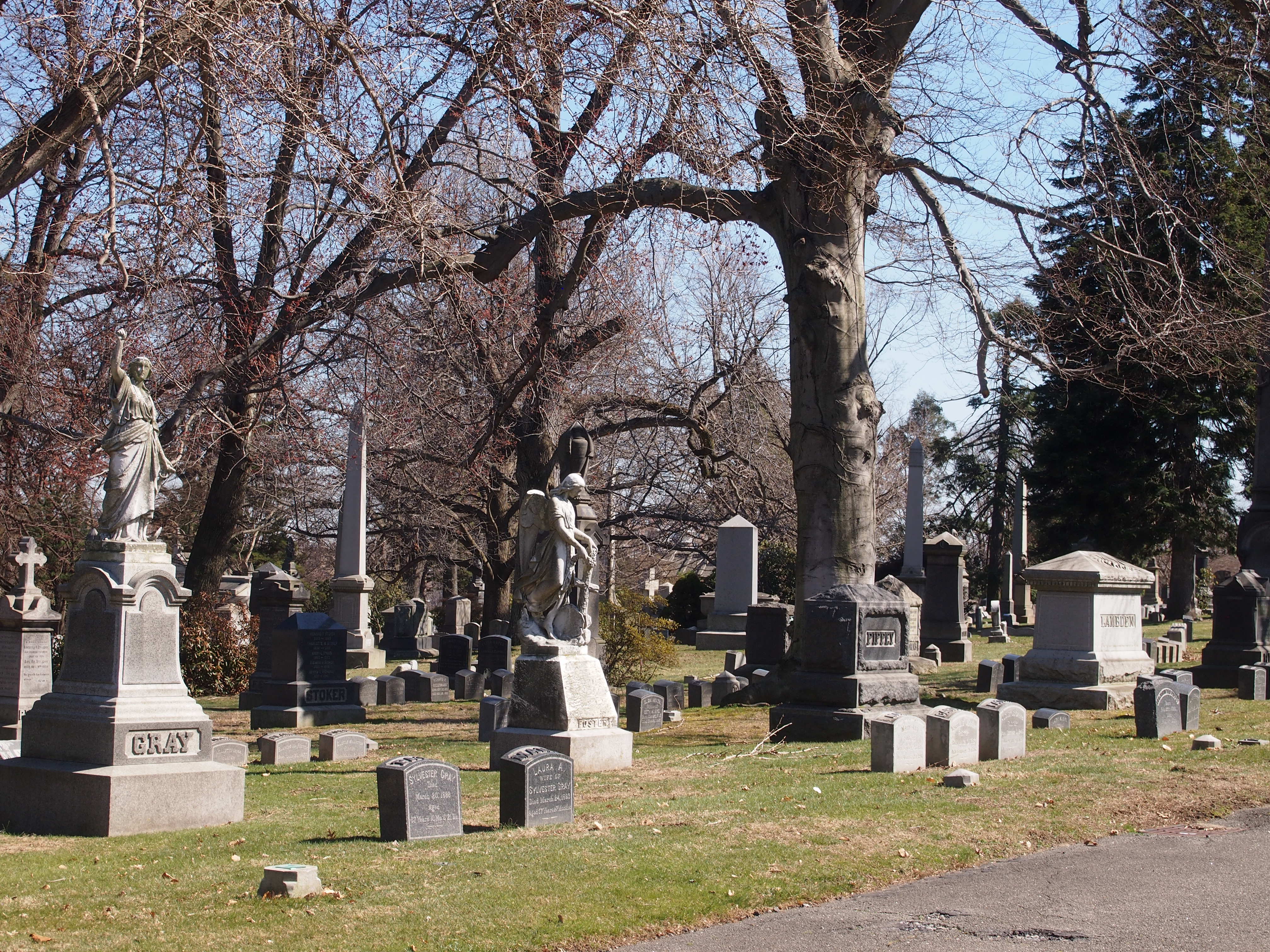
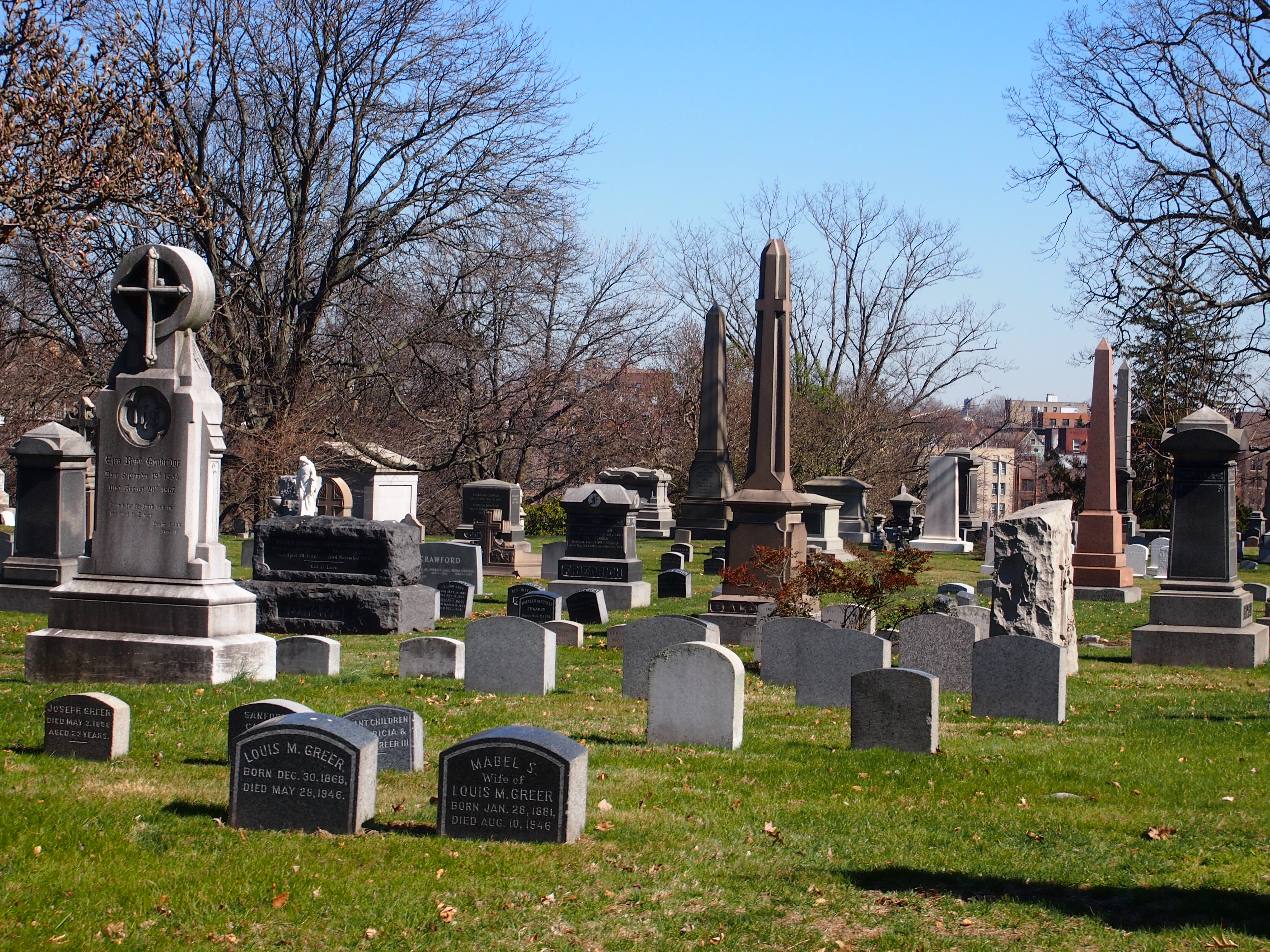
This one was unusual: Jerome Byron Wheeler (1842-1918). Seems like he wanted to be remembered as a man of refined literary tastes. Or at least as a lover of books.
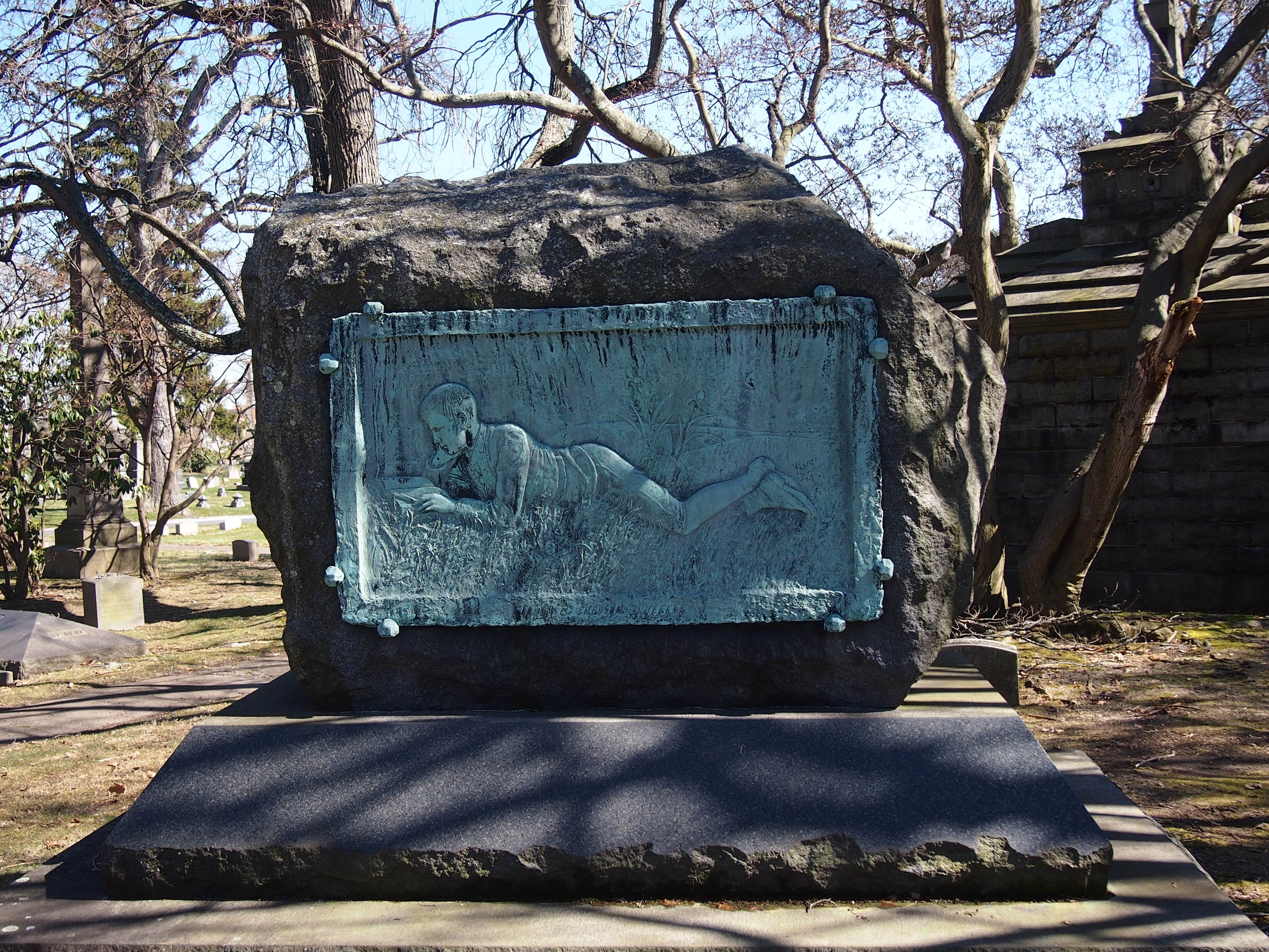
Wiki, at least, claims his mother was a second cousin of Ralph Waldo Emerson. That didn’t pay for the stone and the relief, however: Wheeler owned mines in Colorado.
One more grave of a noted person: Joseph Pulitzer and other family members, which I found by chance.
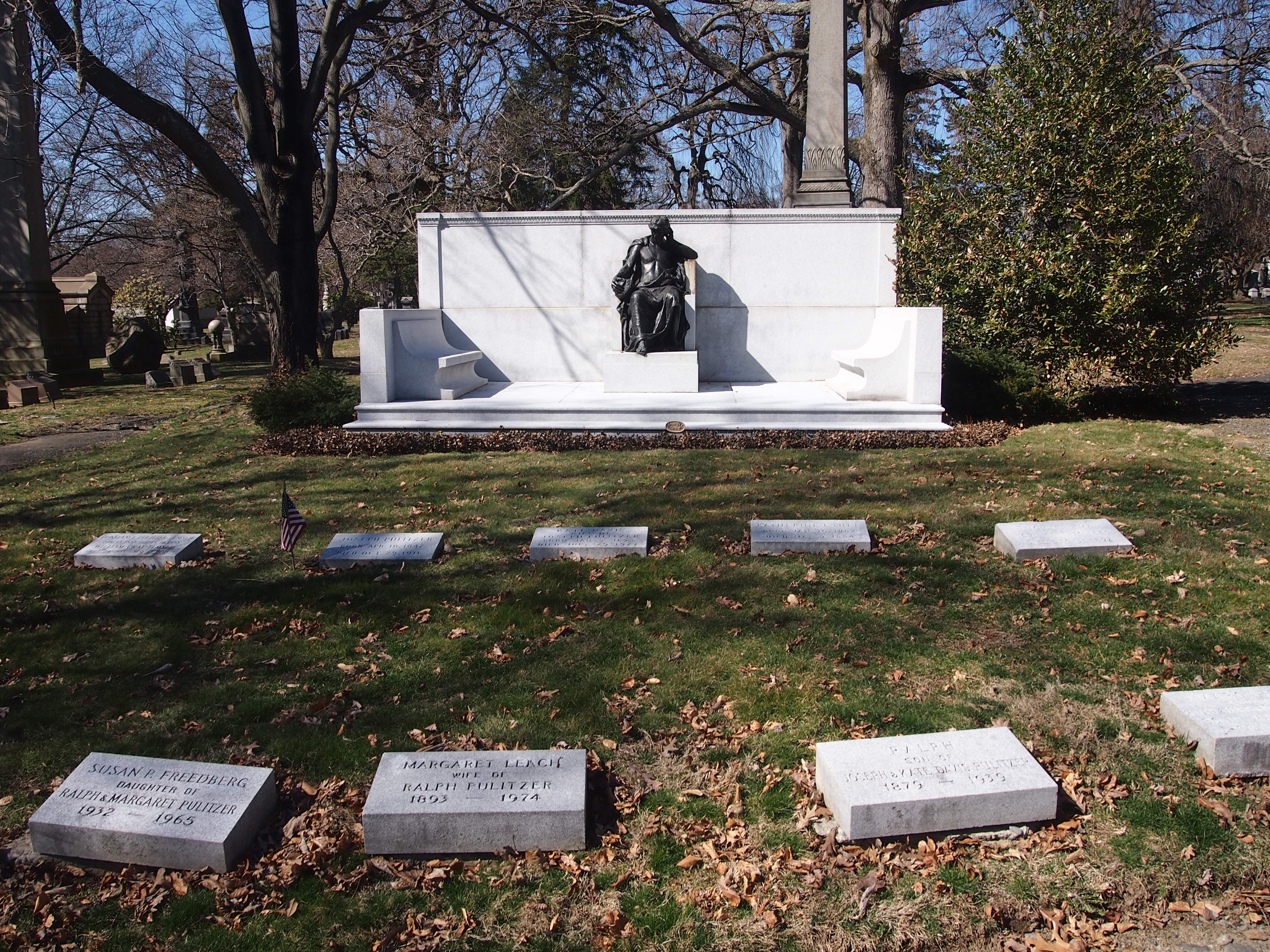 Near the main entrance, I saw this wood carving.
Near the main entrance, I saw this wood carving.
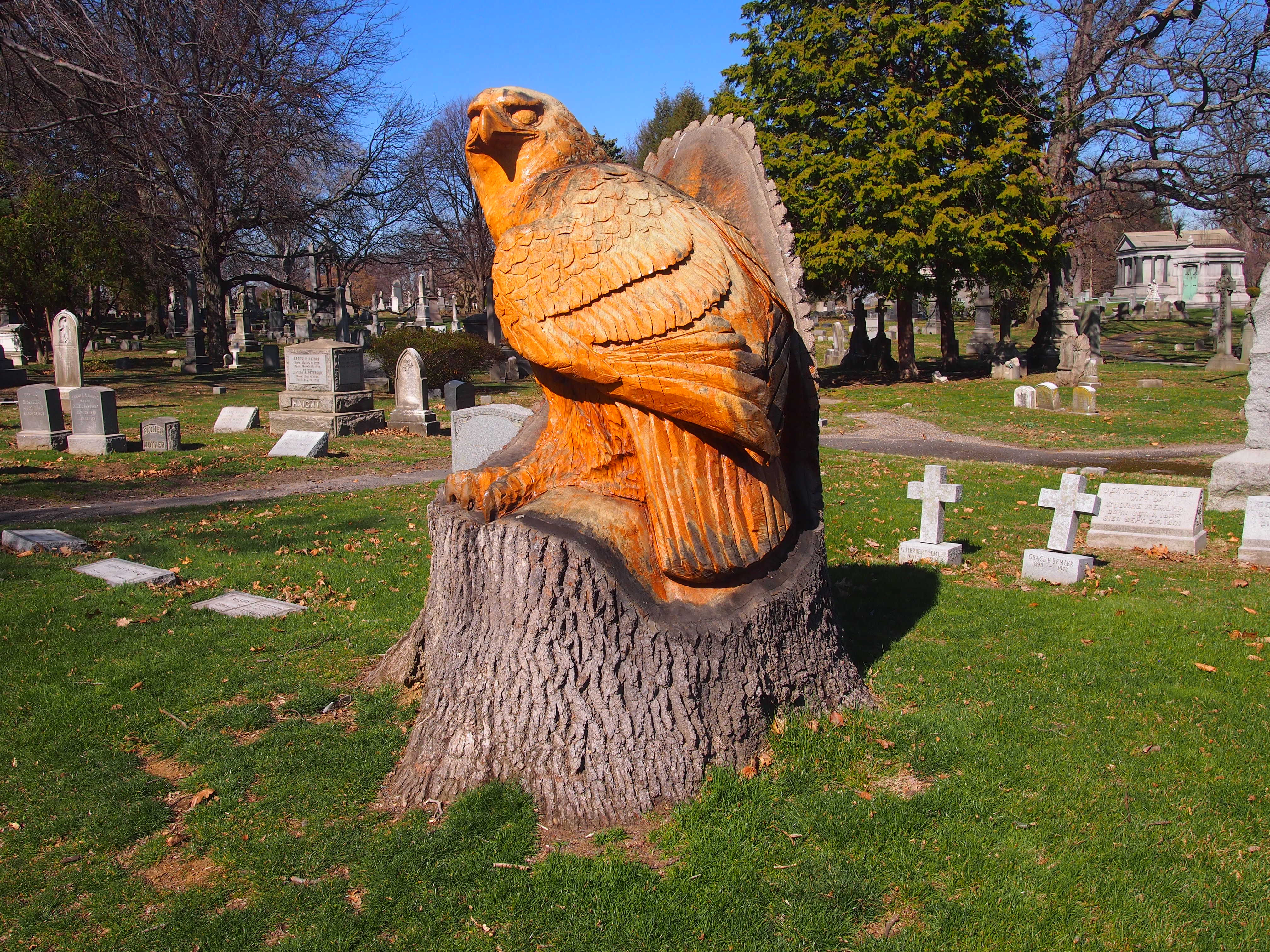 Glad to see that the cemetery didn’t simply rip the stump out. Like all the best rural cemeteries, Woodlawn is an arboretum too. This is a kind of memorial to the tree.
Glad to see that the cemetery didn’t simply rip the stump out. Like all the best rural cemeteries, Woodlawn is an arboretum too. This is a kind of memorial to the tree.
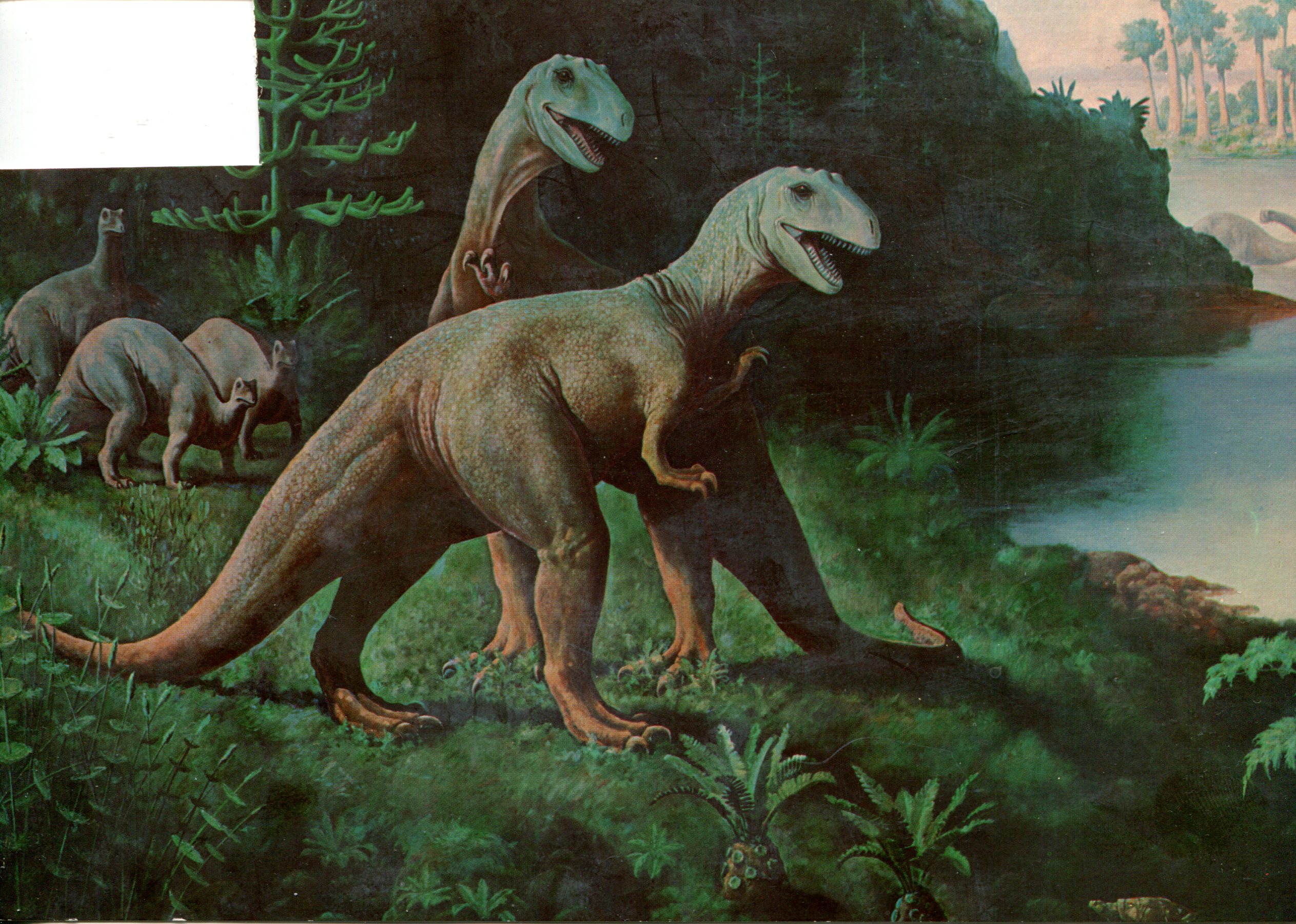 Note the missing piece. I got as far as stamping the thing, but later removed it for re-use.
Note the missing piece. I got as far as stamping the thing, but later removed it for re-use.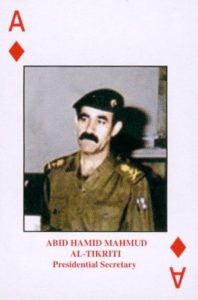



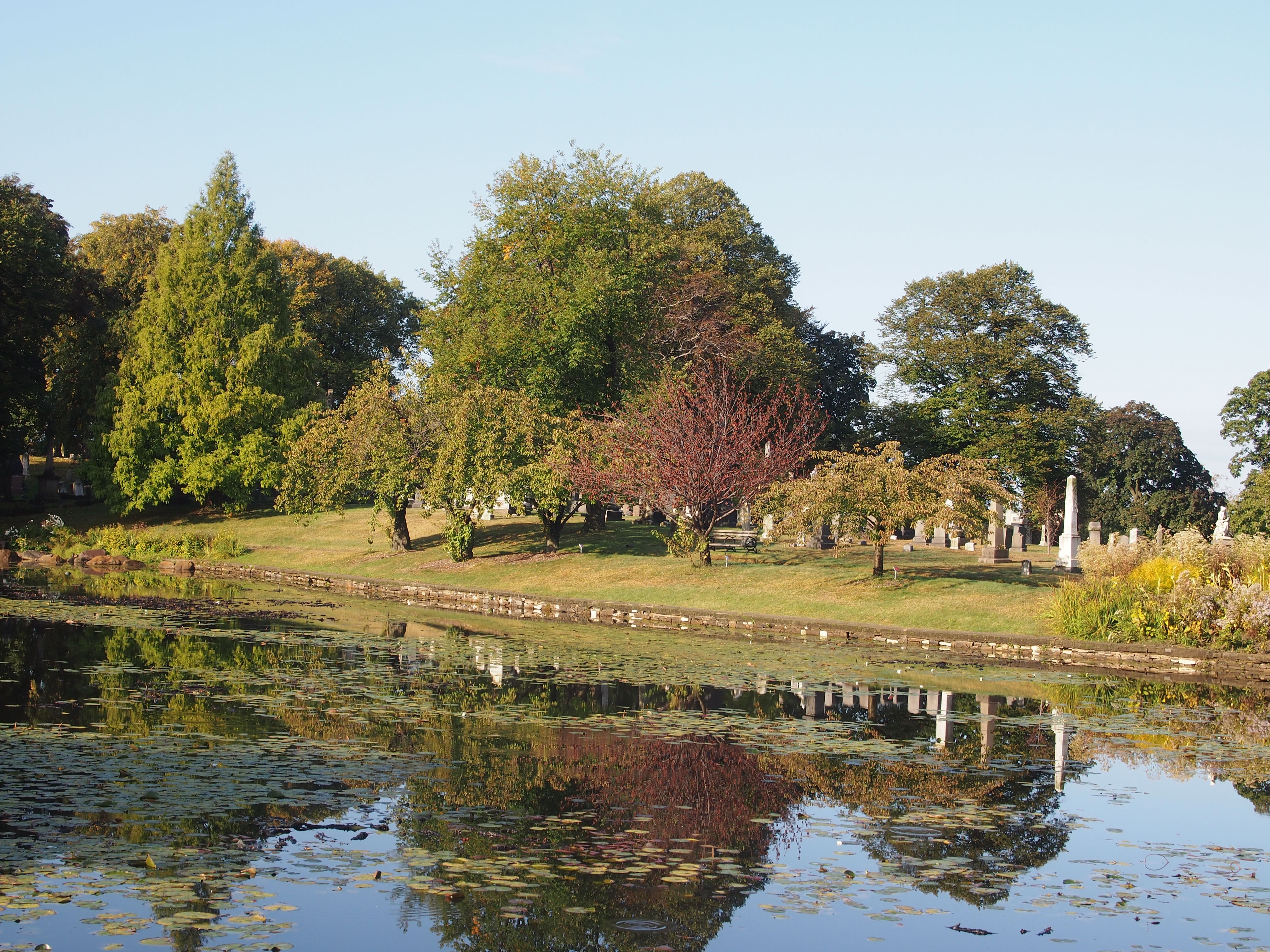 The main pond was a particularly lovely spot. This is the cemetery’s chapel,
The main pond was a particularly lovely spot. This is the cemetery’s chapel, 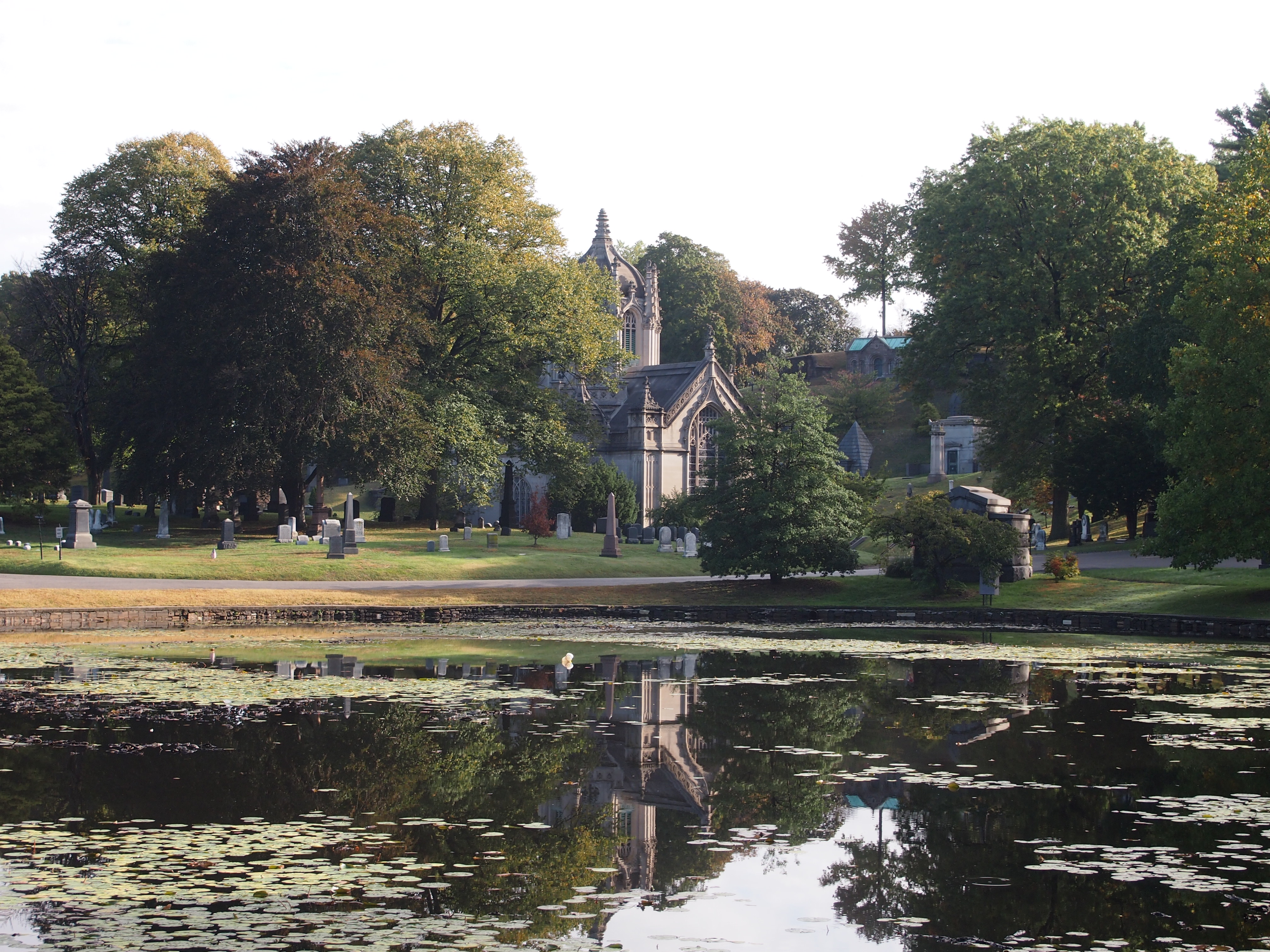
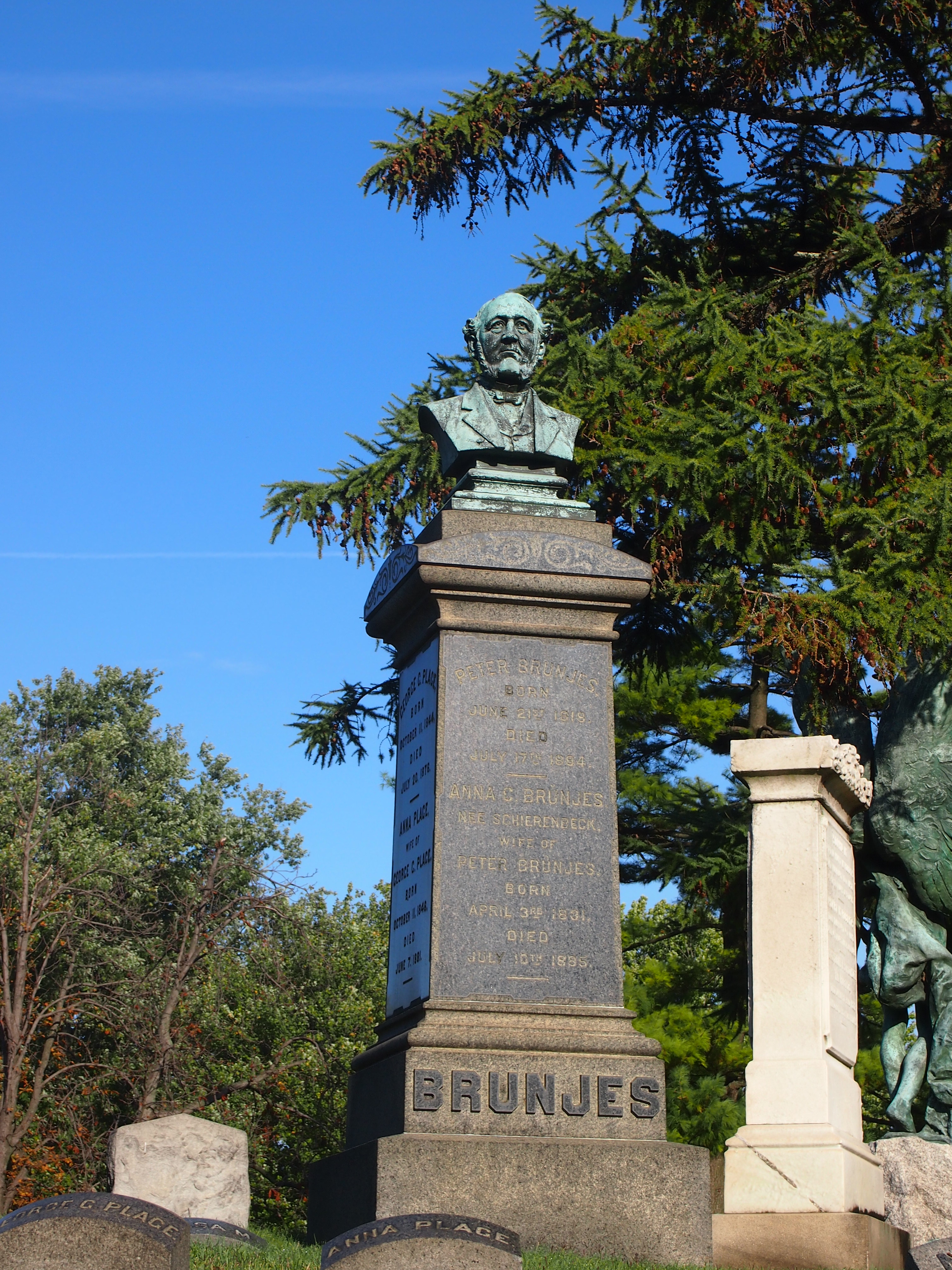
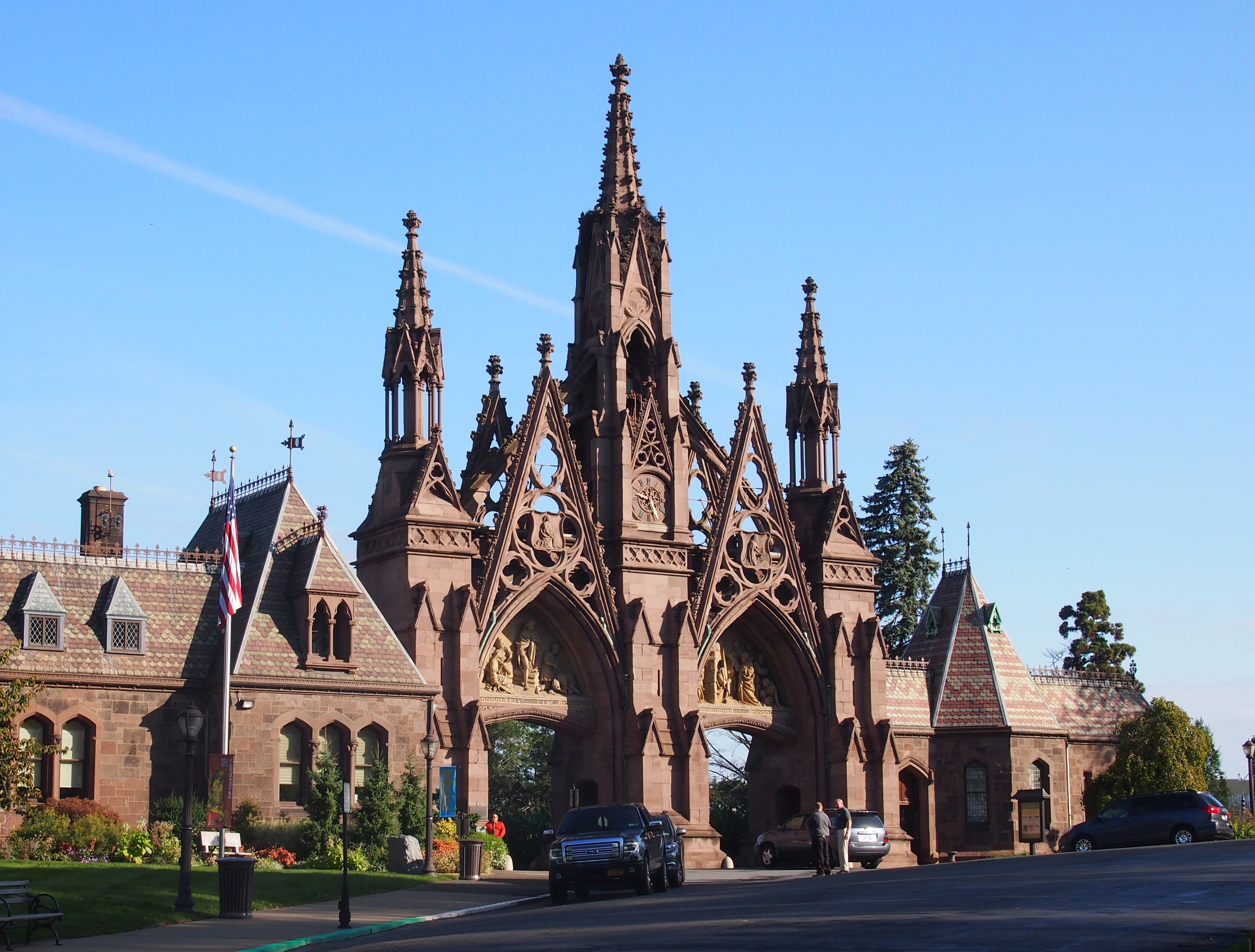
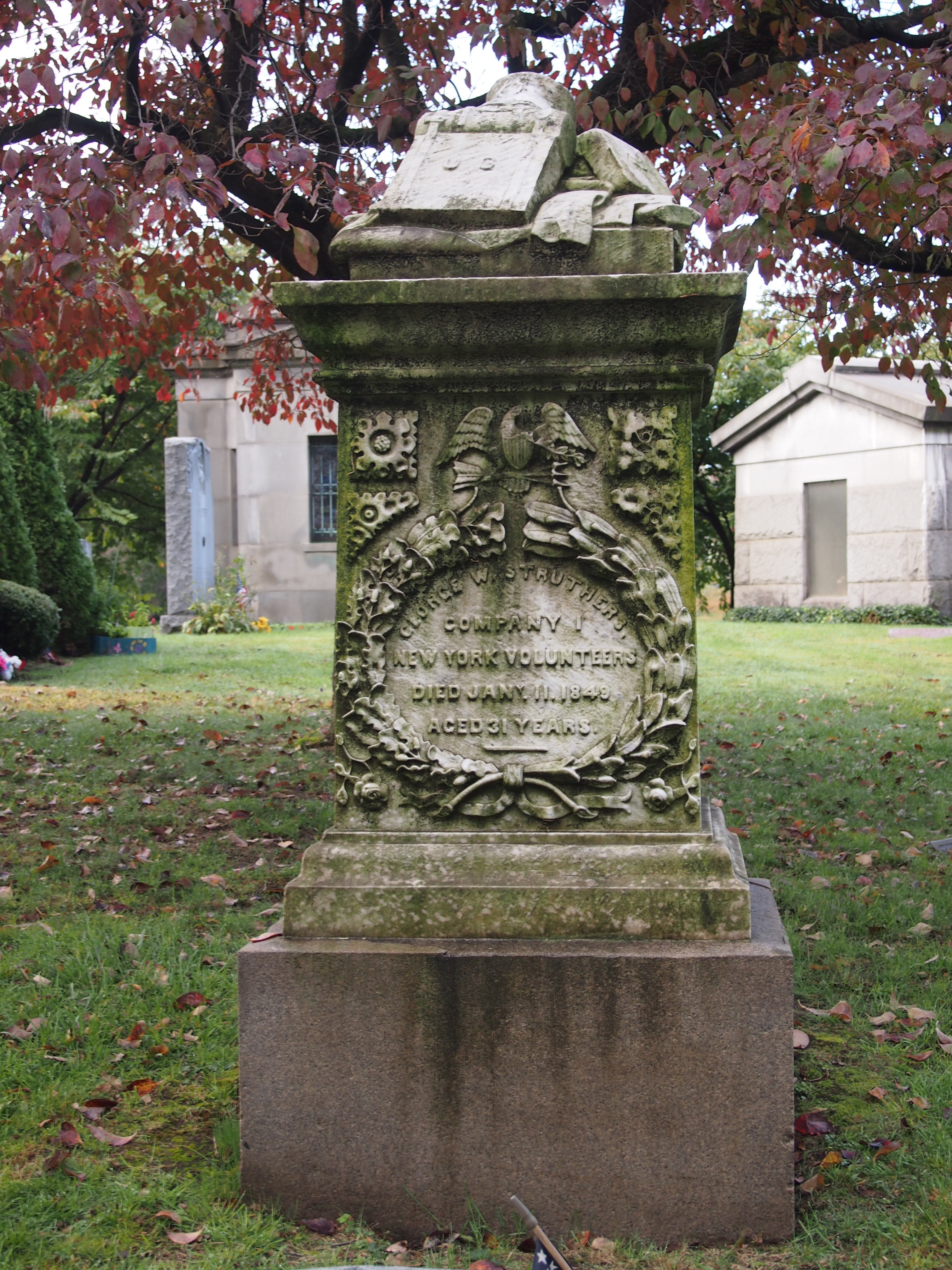
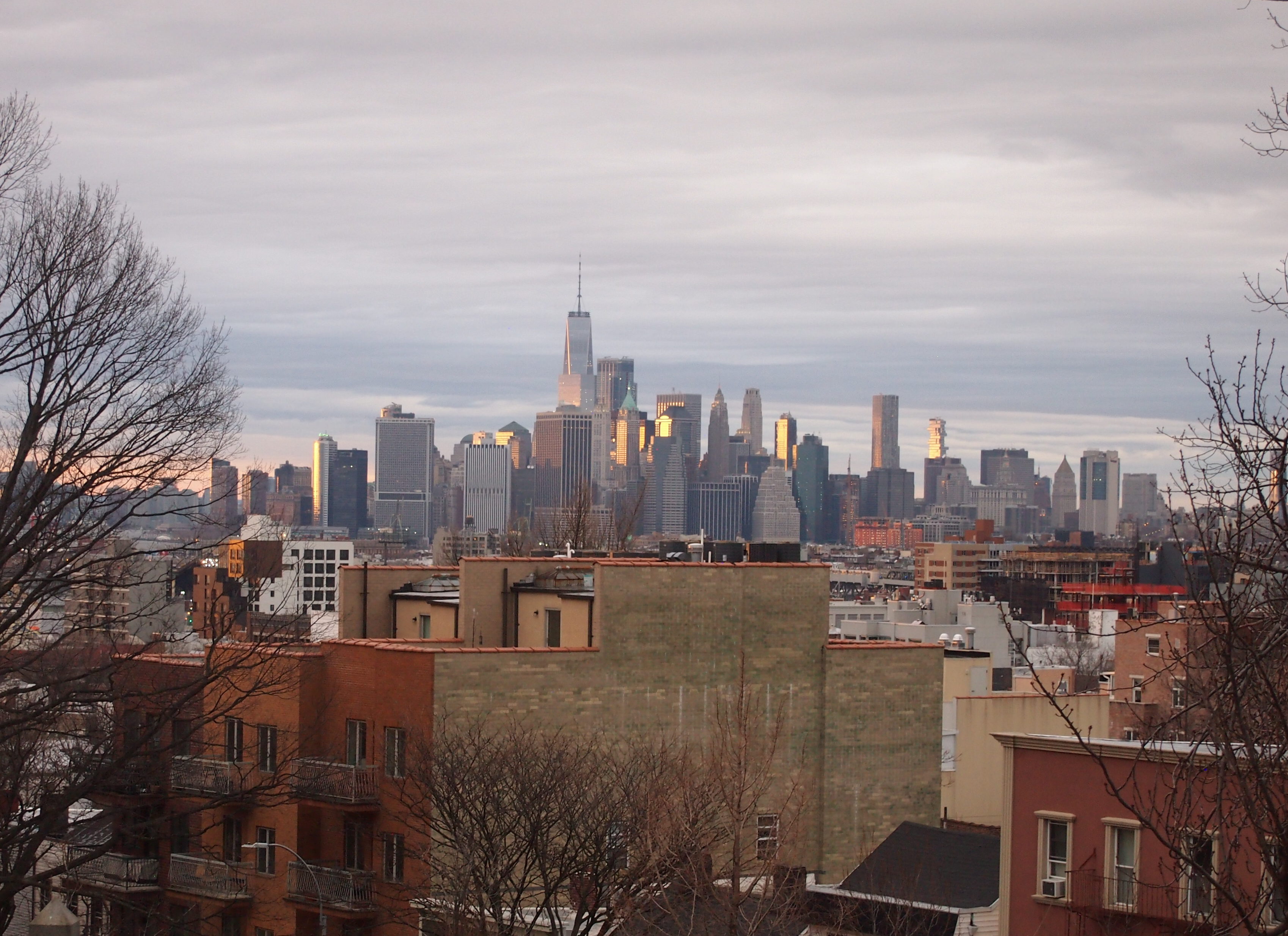
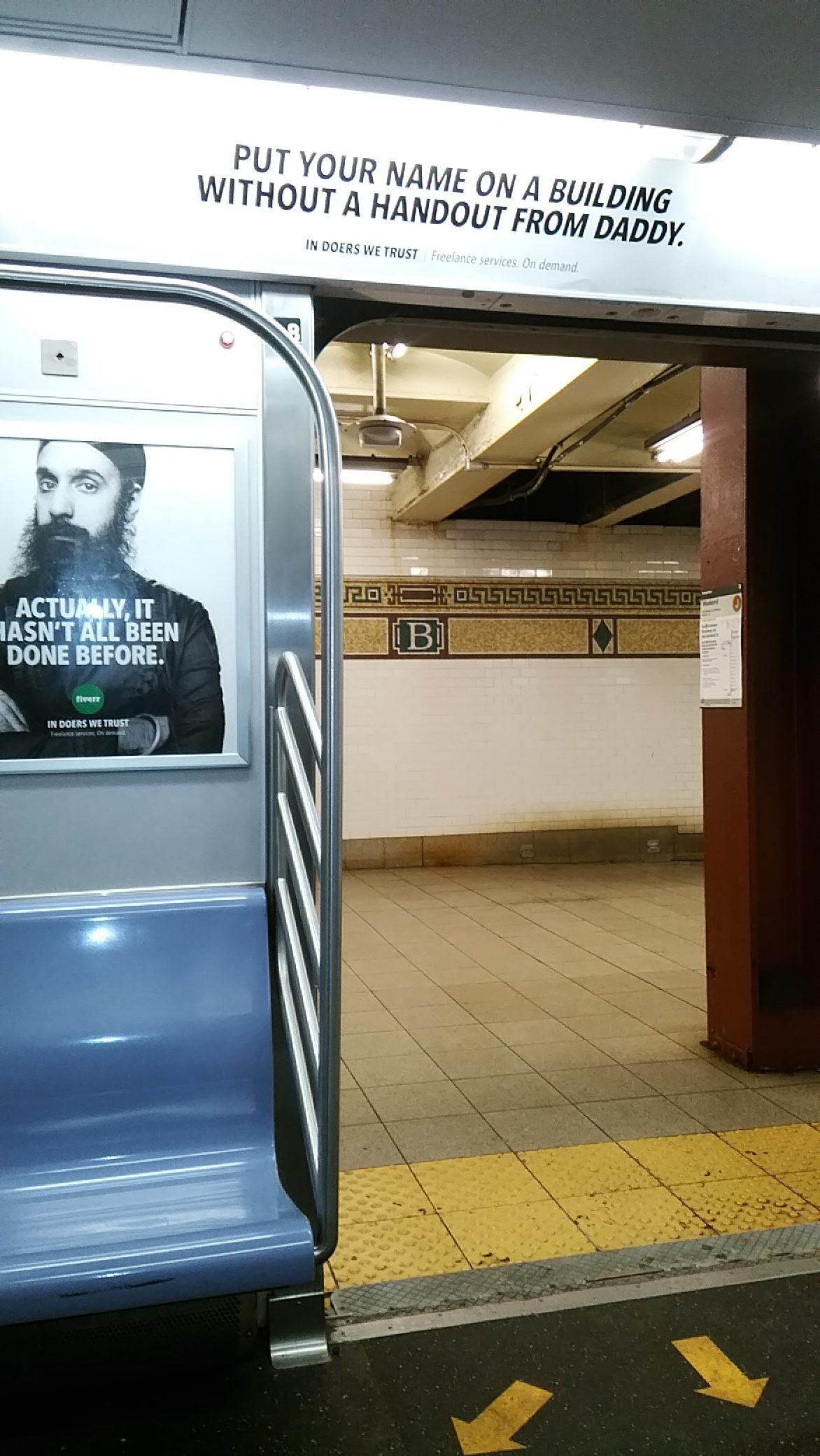

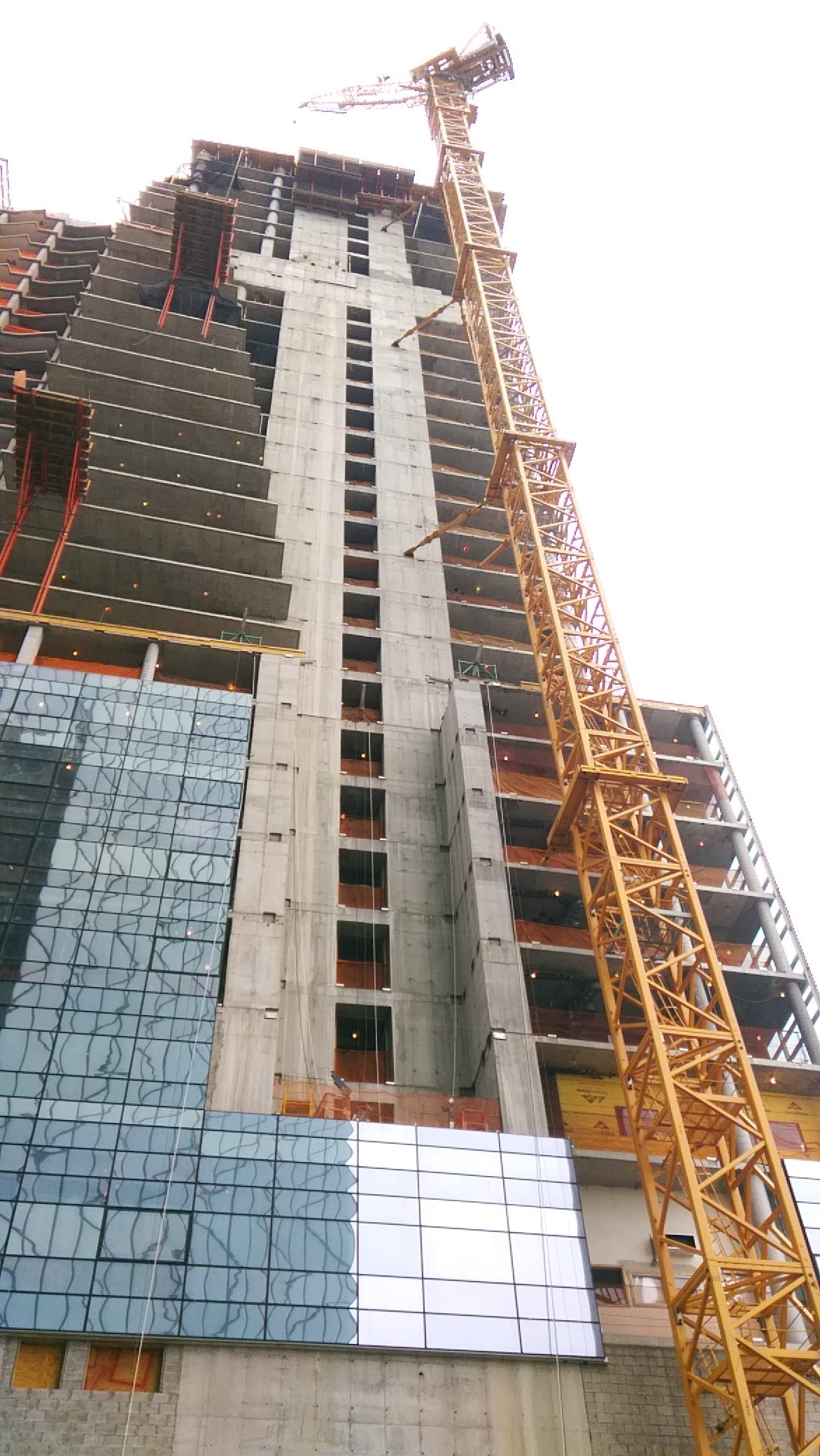
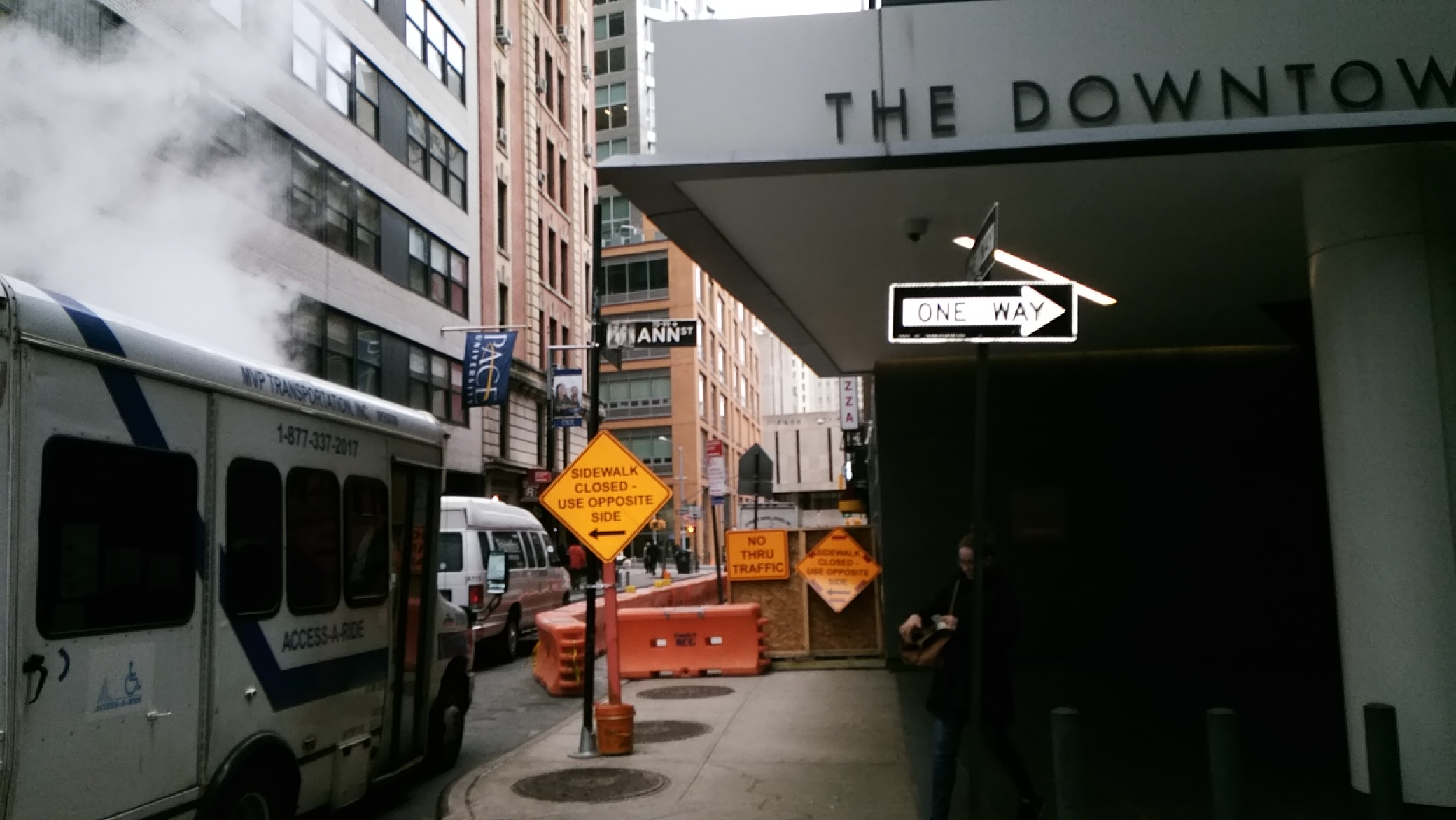
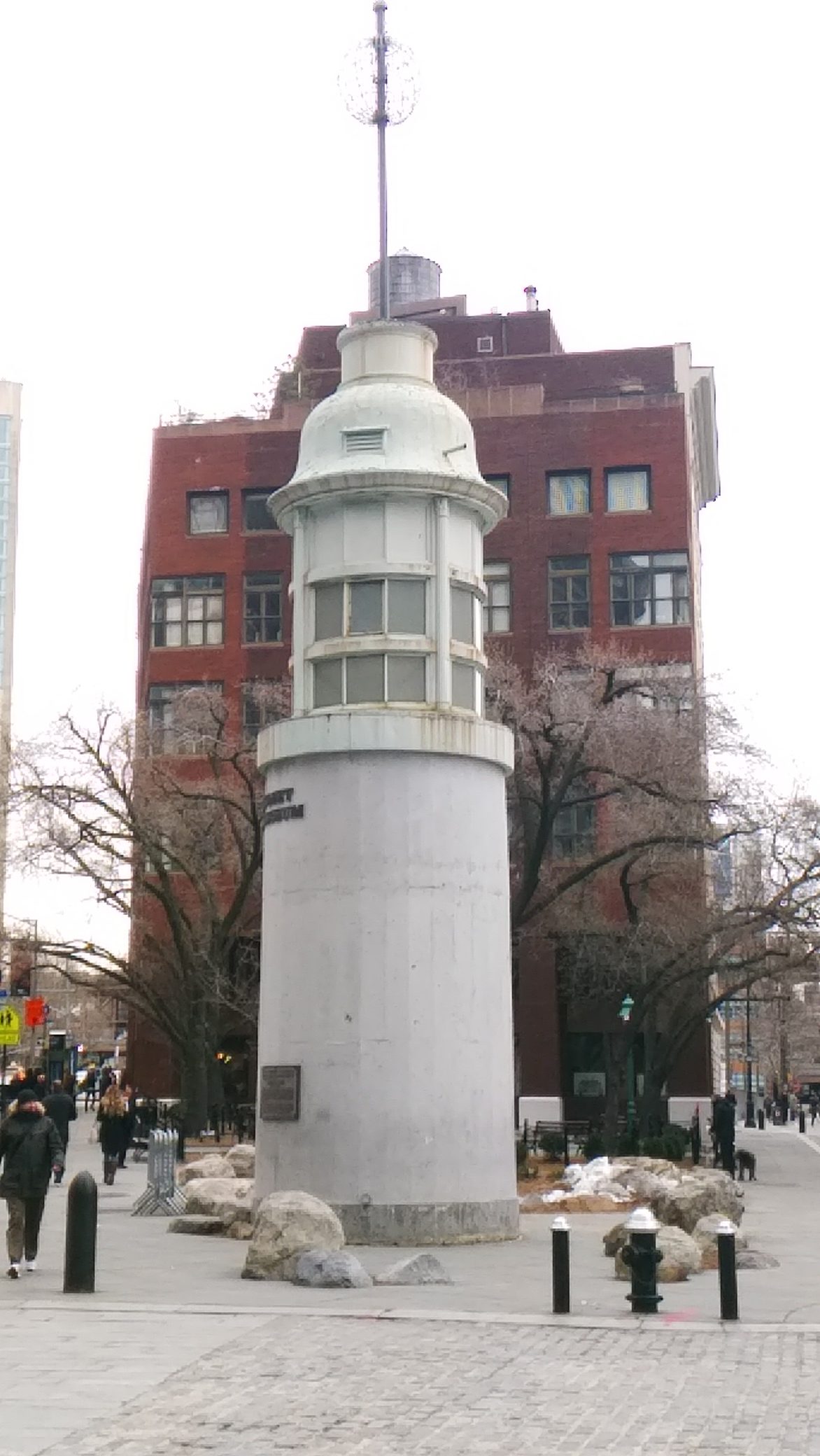
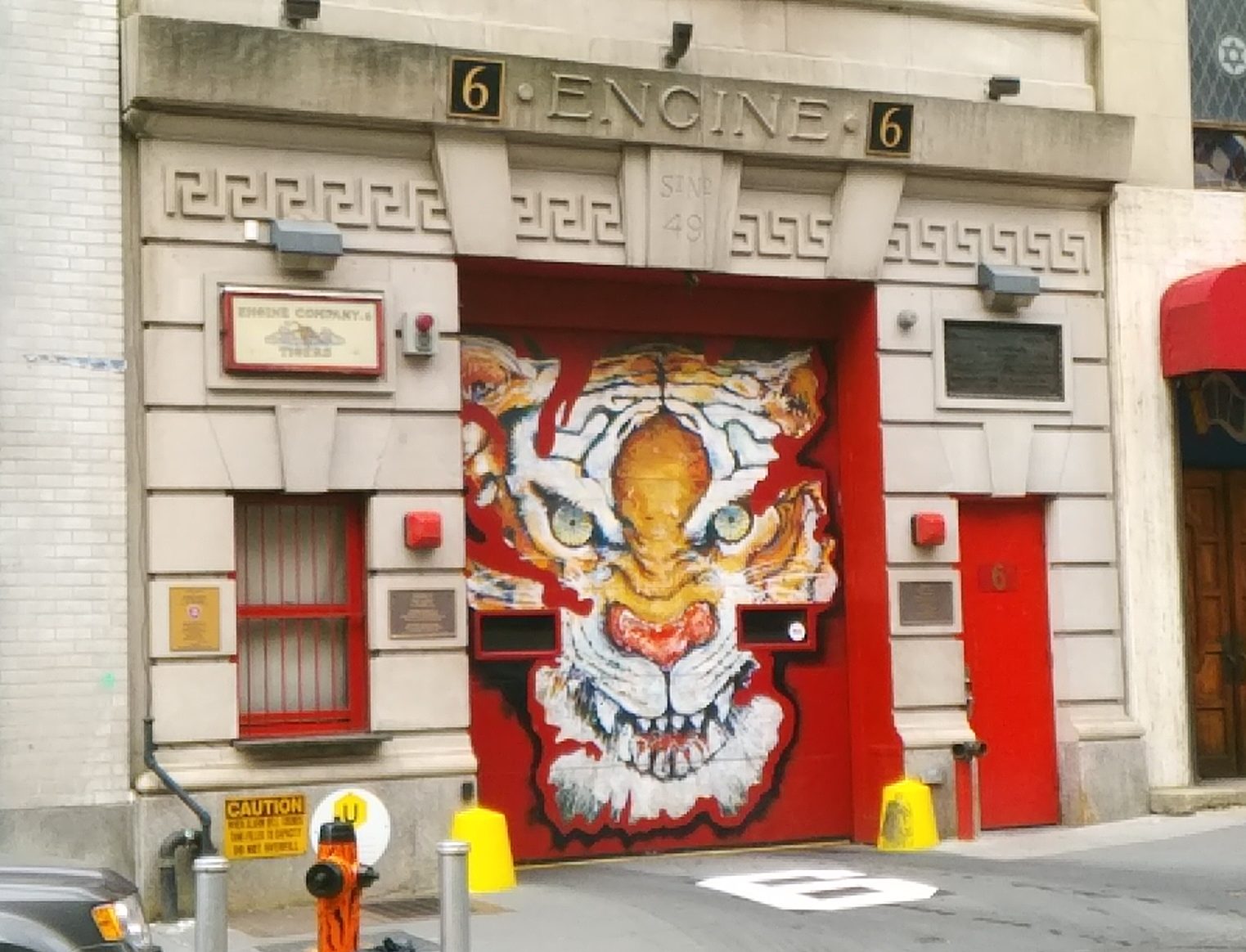
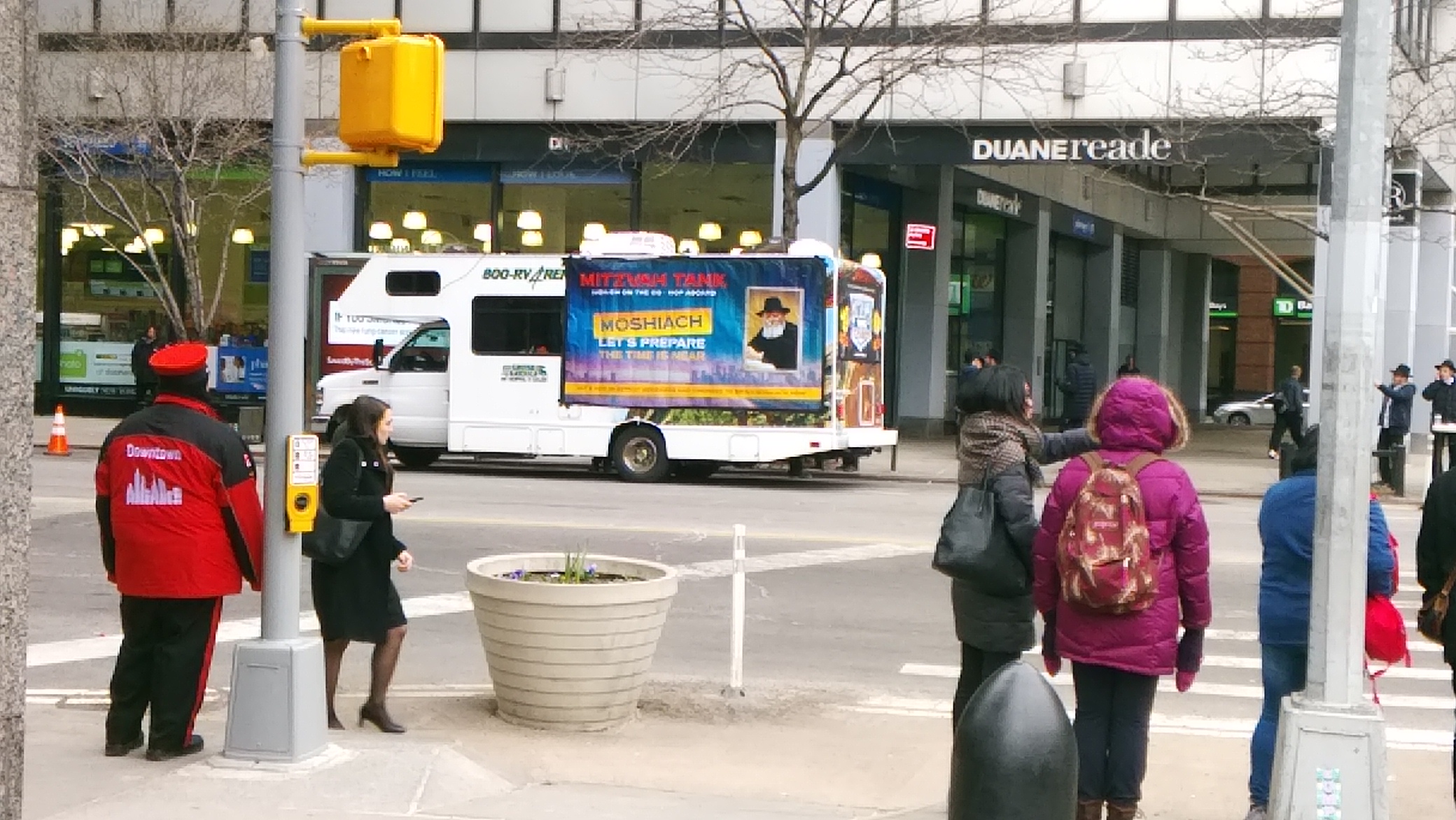 It’s a Chabad Lubavitch “mitzvah tank.” Further investigation — the tank has its own
It’s a Chabad Lubavitch “mitzvah tank.” Further investigation — the tank has its own 











 Near the main entrance, I saw this wood carving.
Near the main entrance, I saw this wood carving.


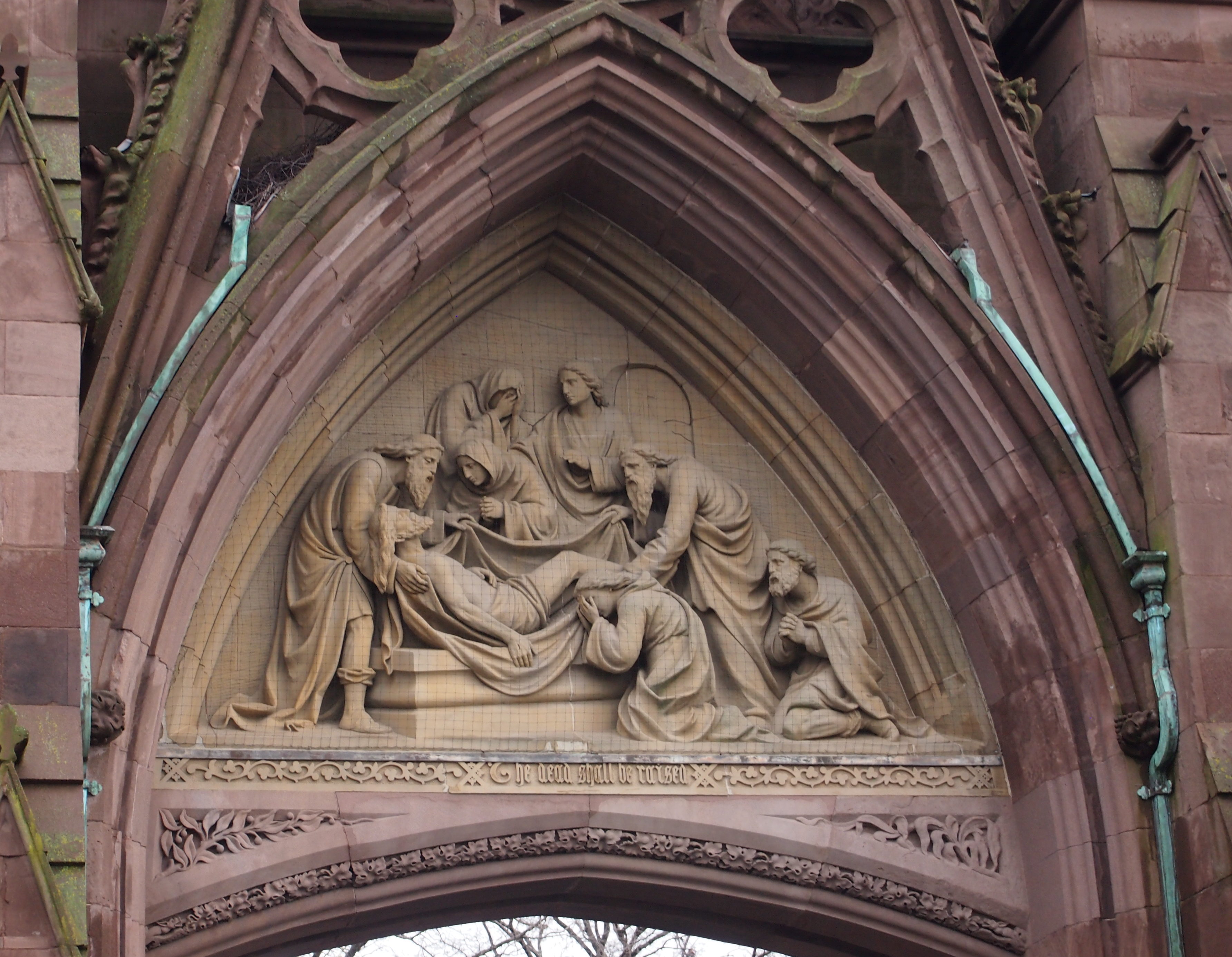
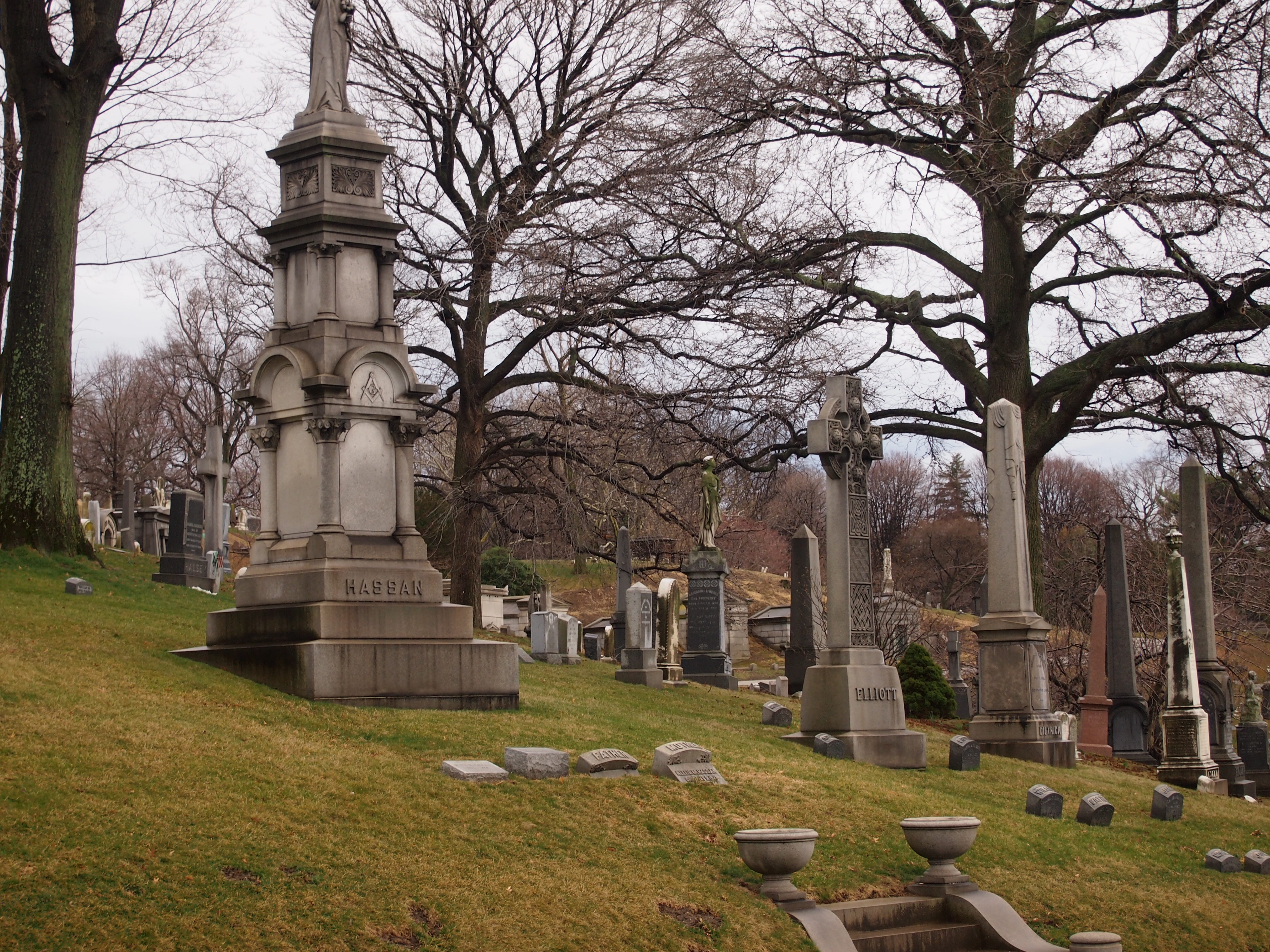
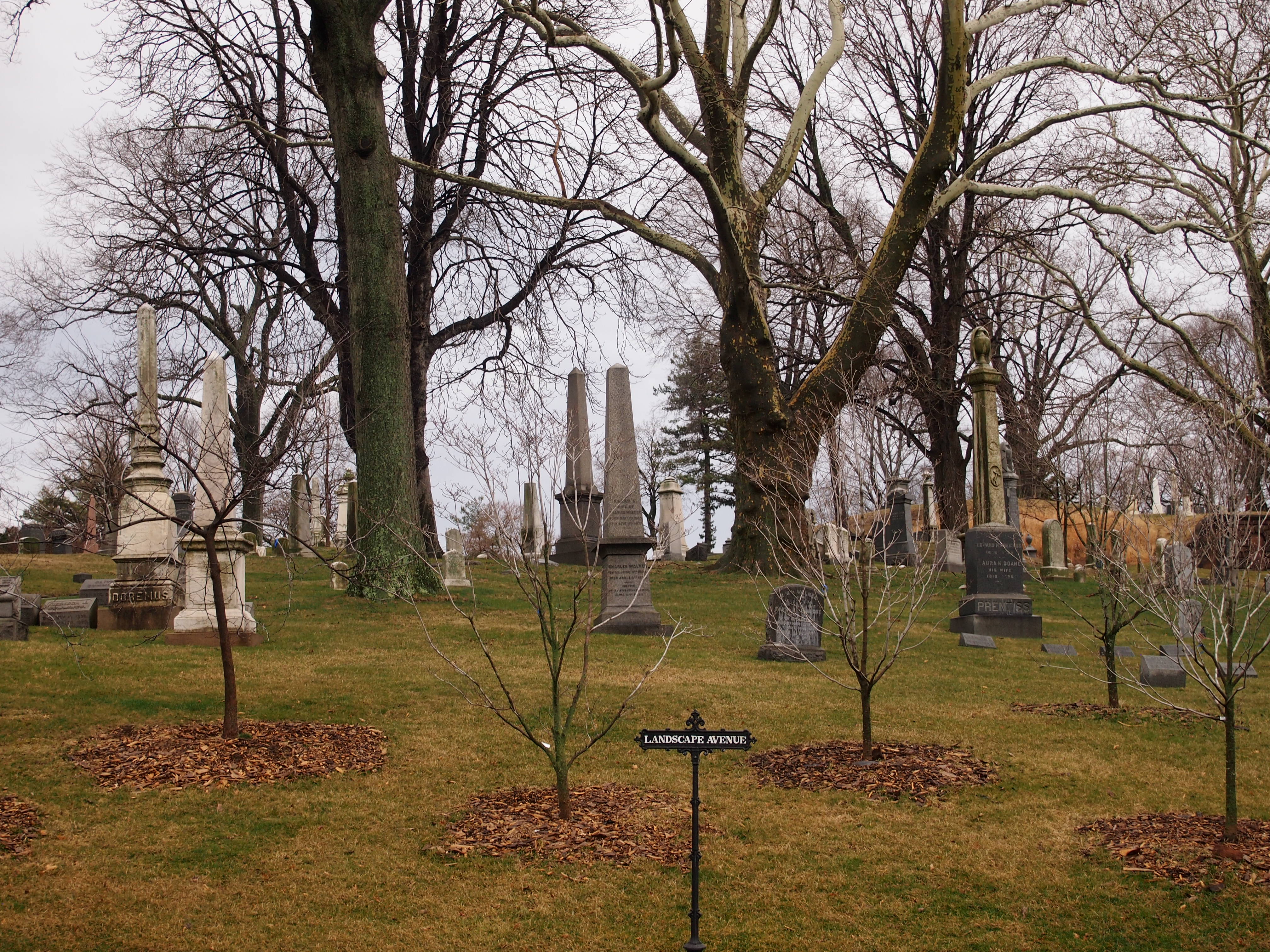

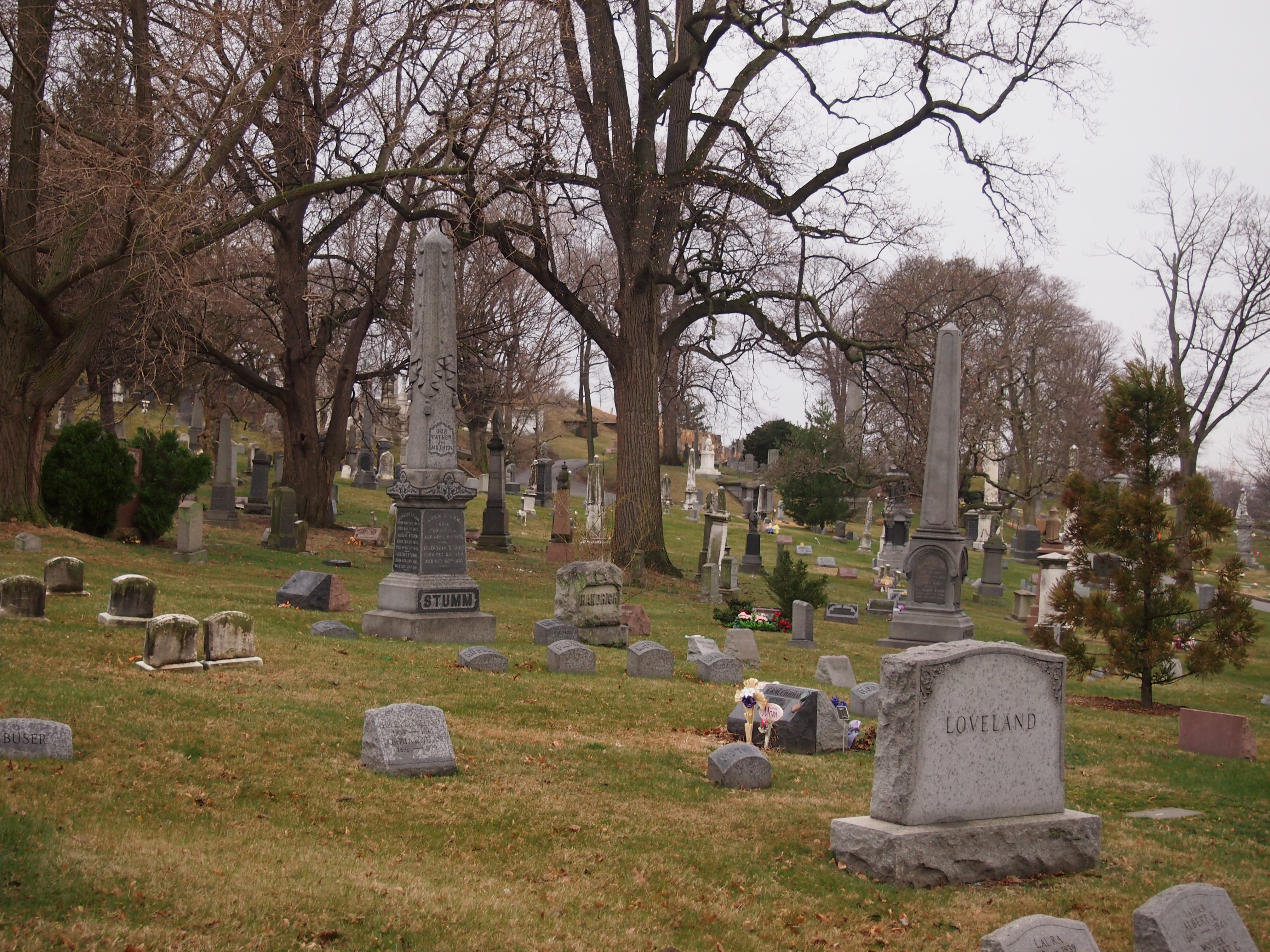
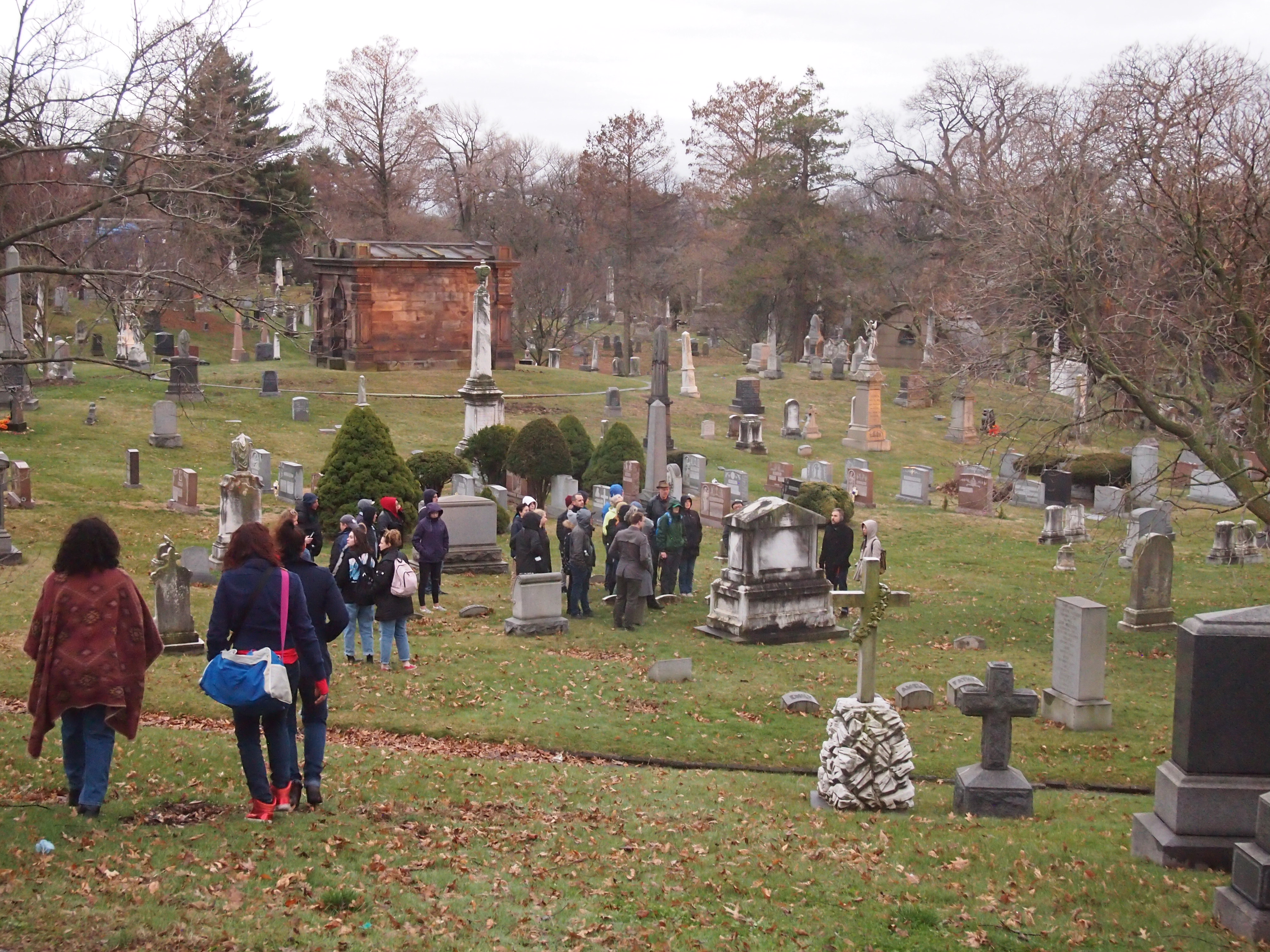
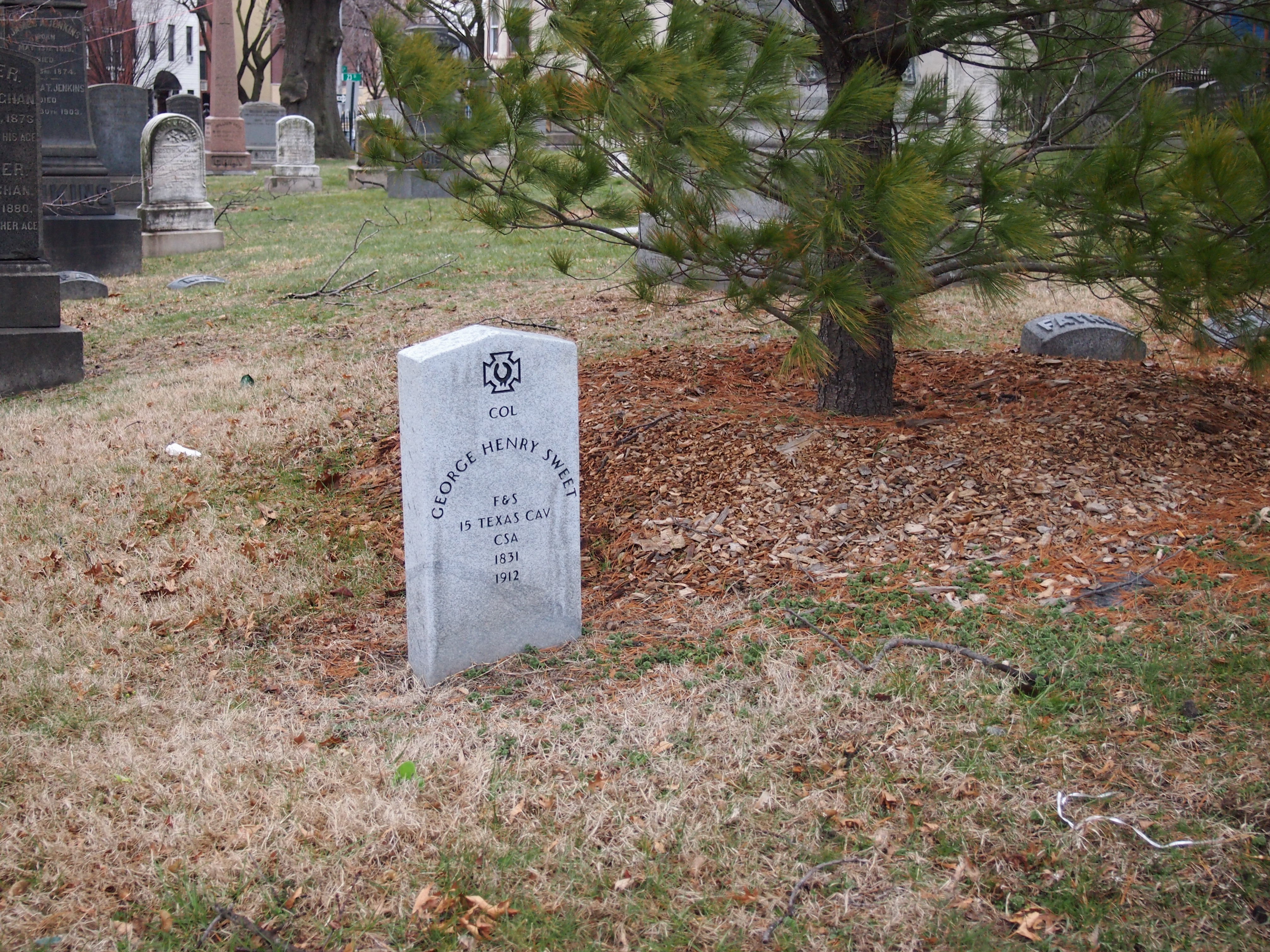 We soon came to the highest point in the cemetery, and in fact in Brooklyn, called Battle Hill for its part in a bloody episode in the Battle of Long Island (a.k.a. the Battle of Brooklyn) in the Revolution.
We soon came to the highest point in the cemetery, and in fact in Brooklyn, called Battle Hill for its part in a bloody episode in the Battle of Long Island (a.k.a. the Battle of Brooklyn) in the Revolution.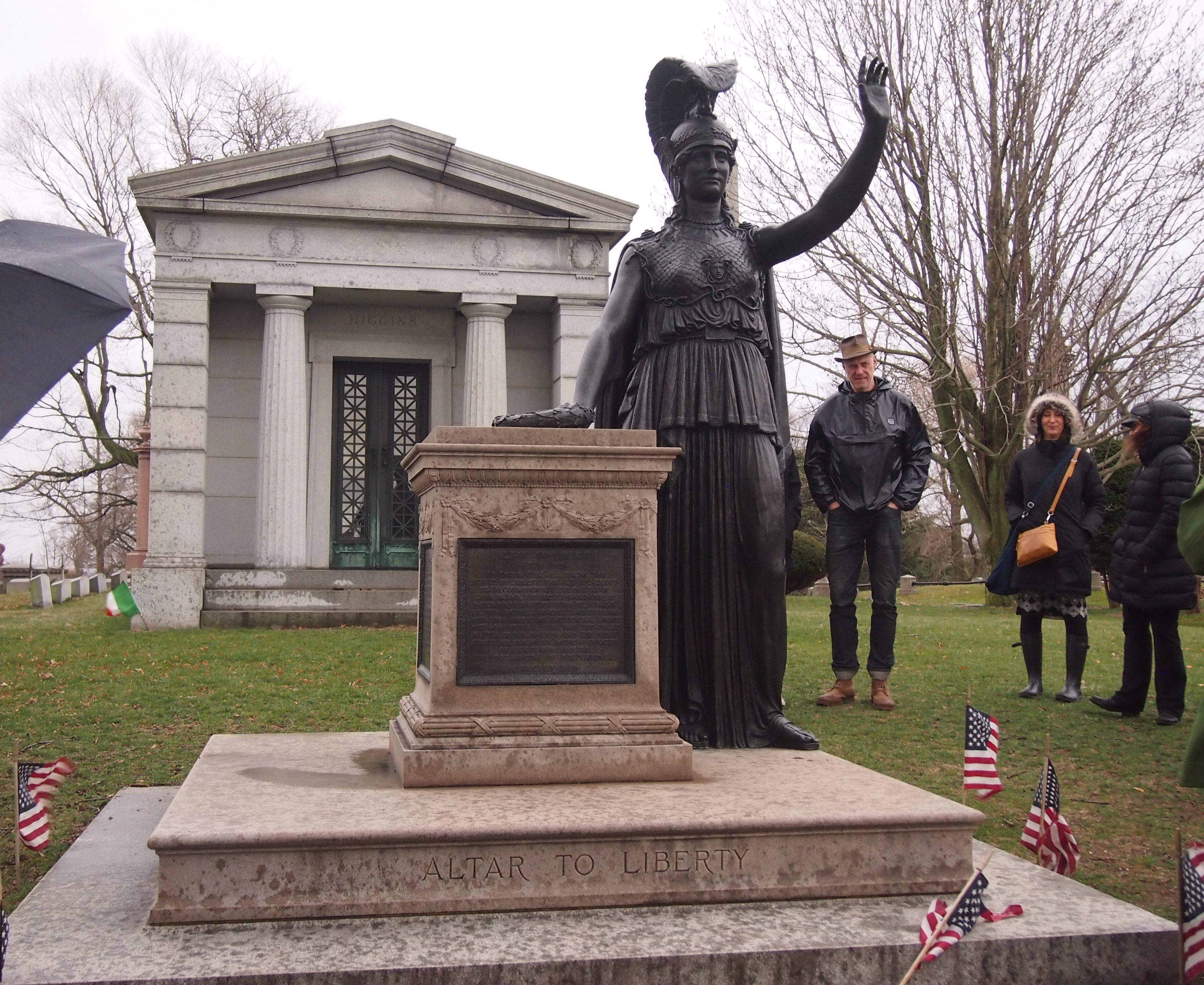 On a clear day, you can see the Statue of Liberty from Minerva’s perch, but we didn’t have a clear day. I understand that that particular the sightline is protected by law, like views of the capitol in Austin.
On a clear day, you can see the Statue of Liberty from Minerva’s perch, but we didn’t have a clear day. I understand that that particular the sightline is protected by law, like views of the capitol in Austin.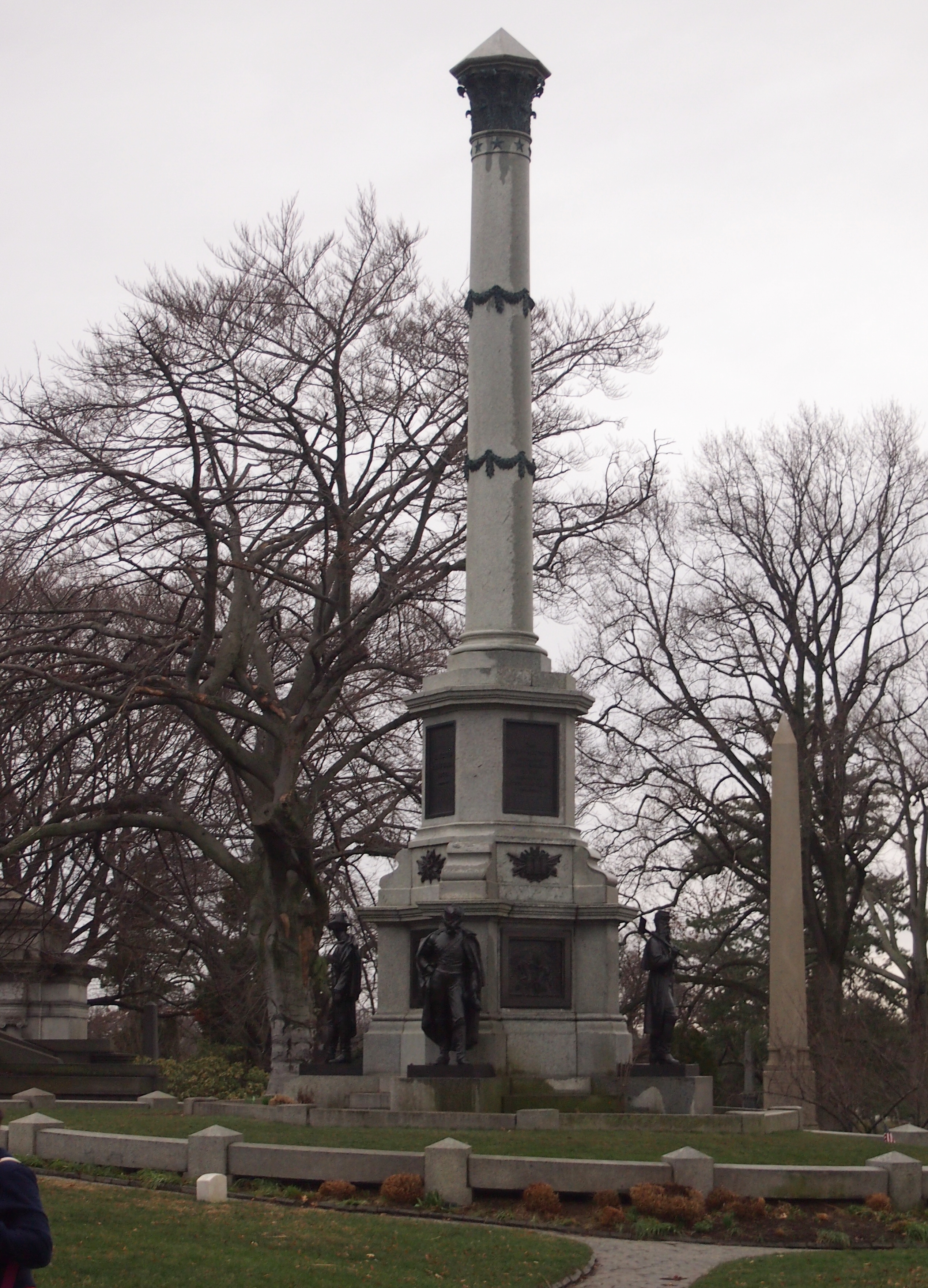
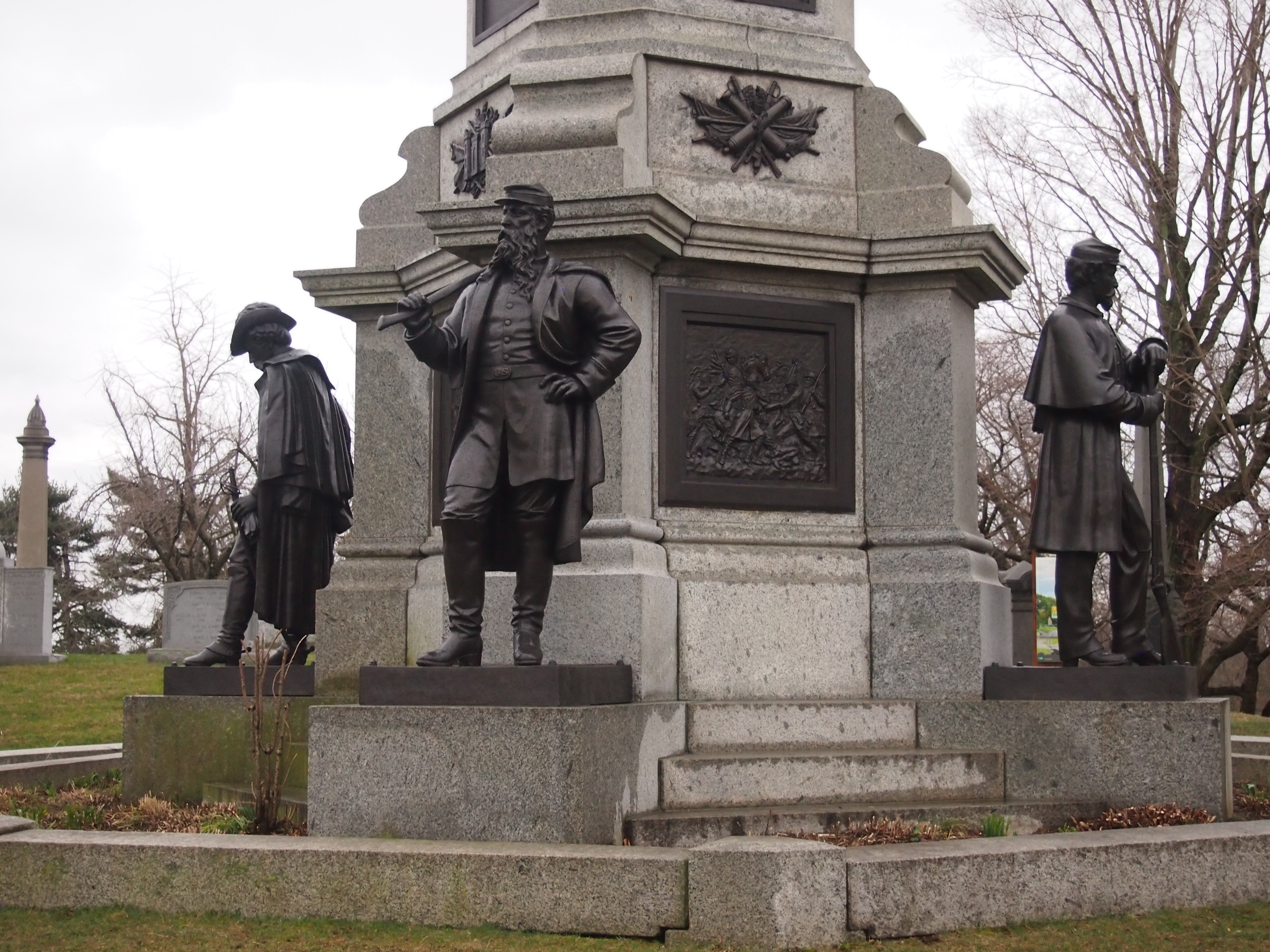
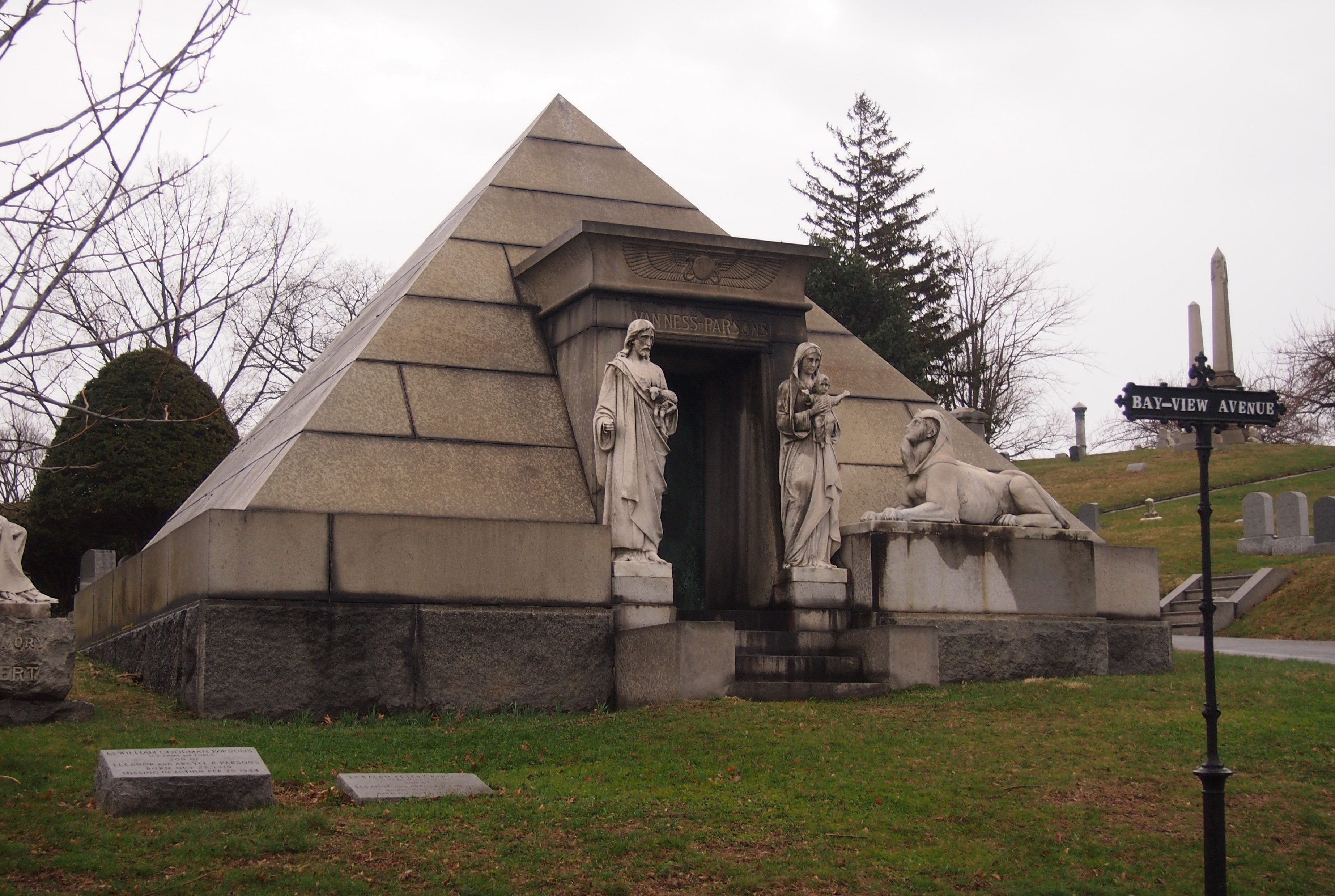
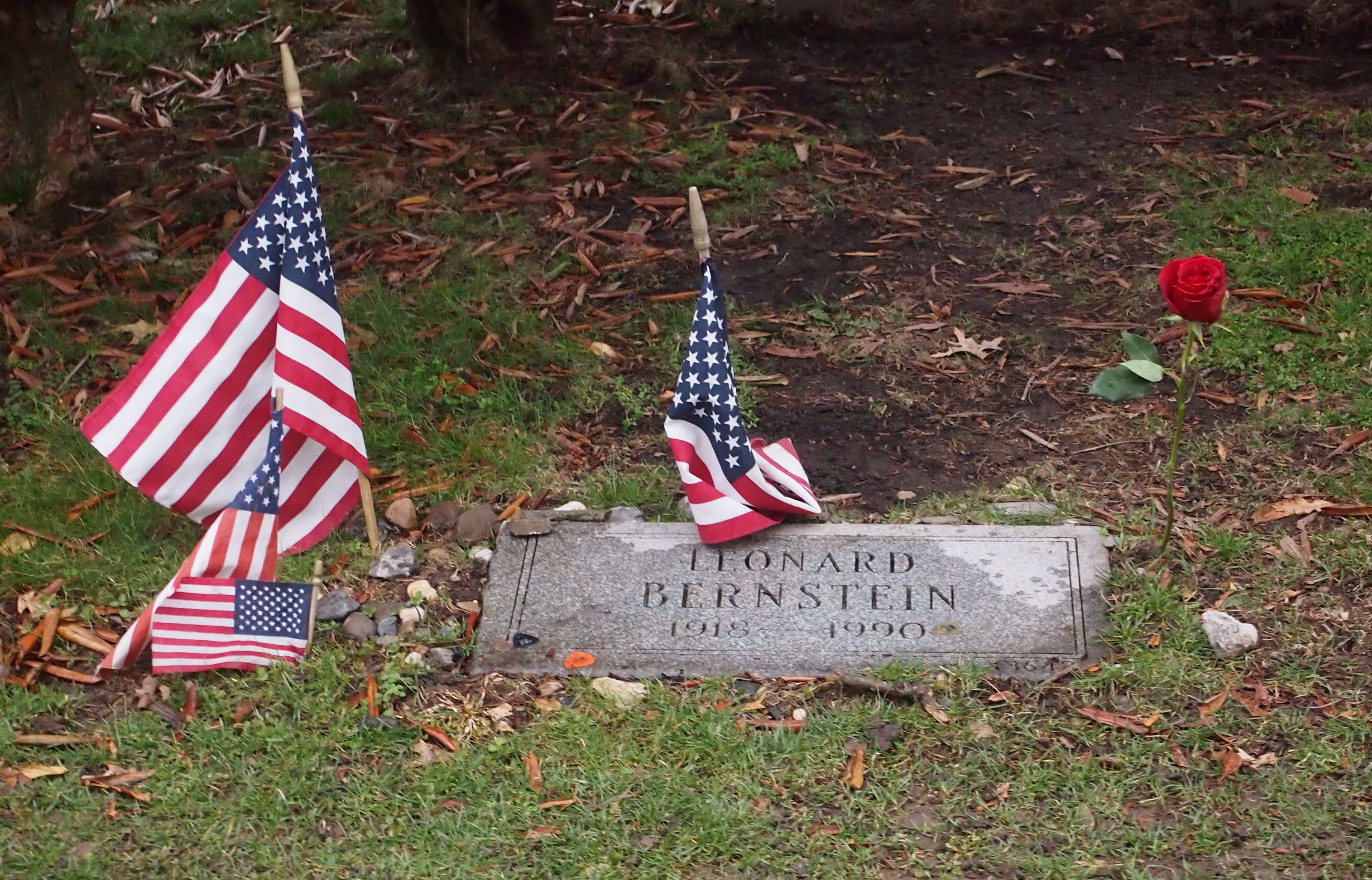
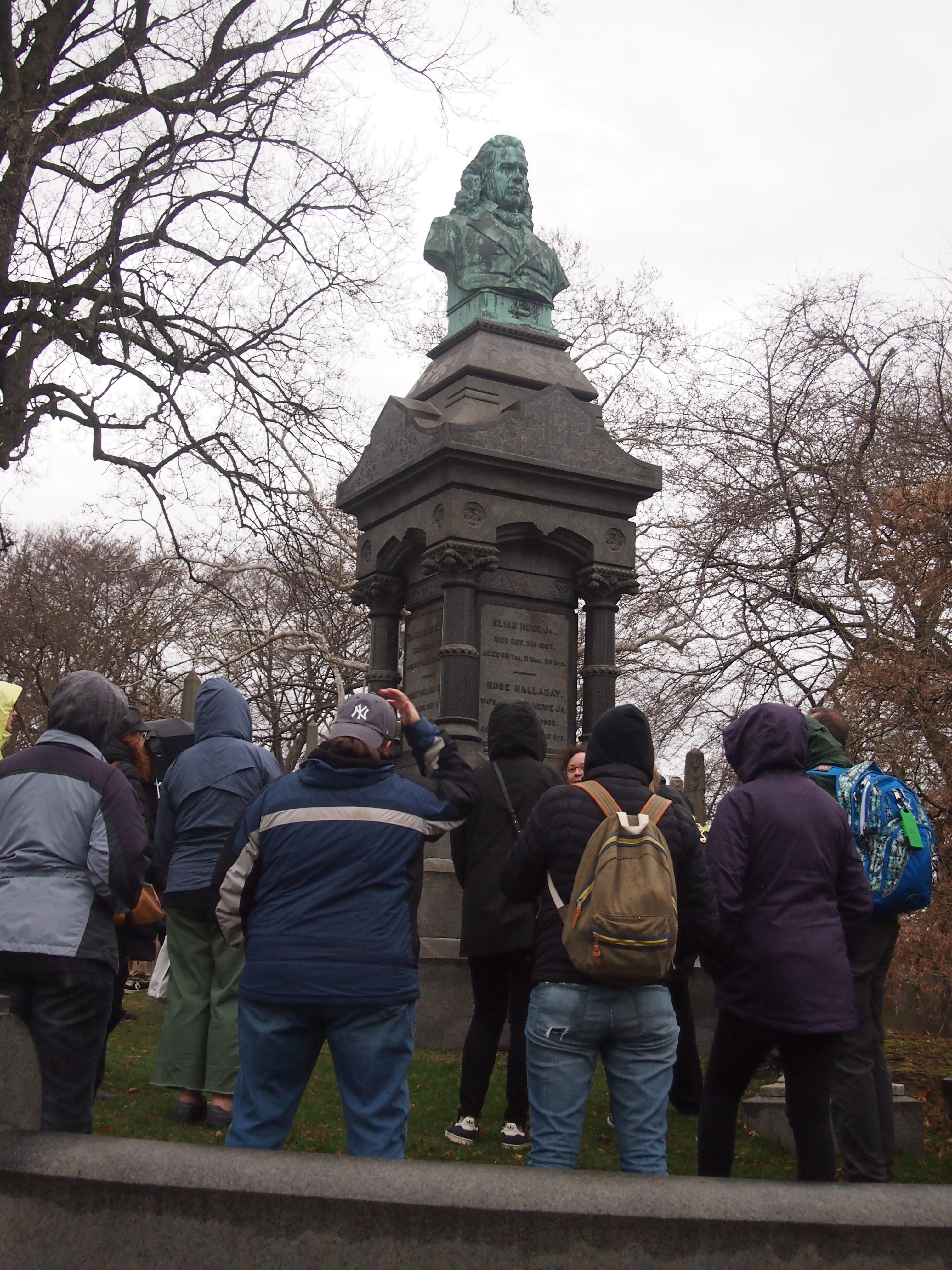
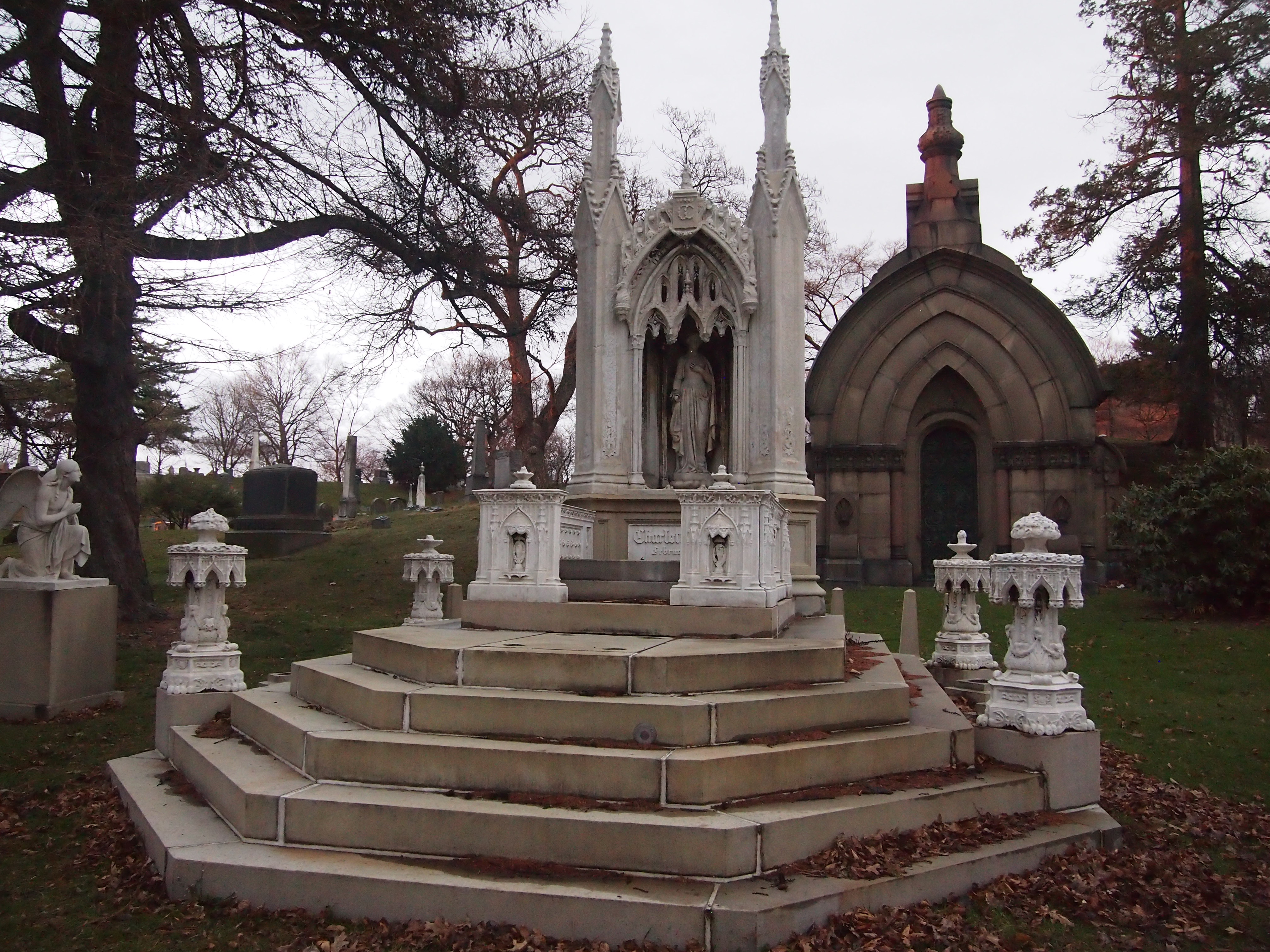
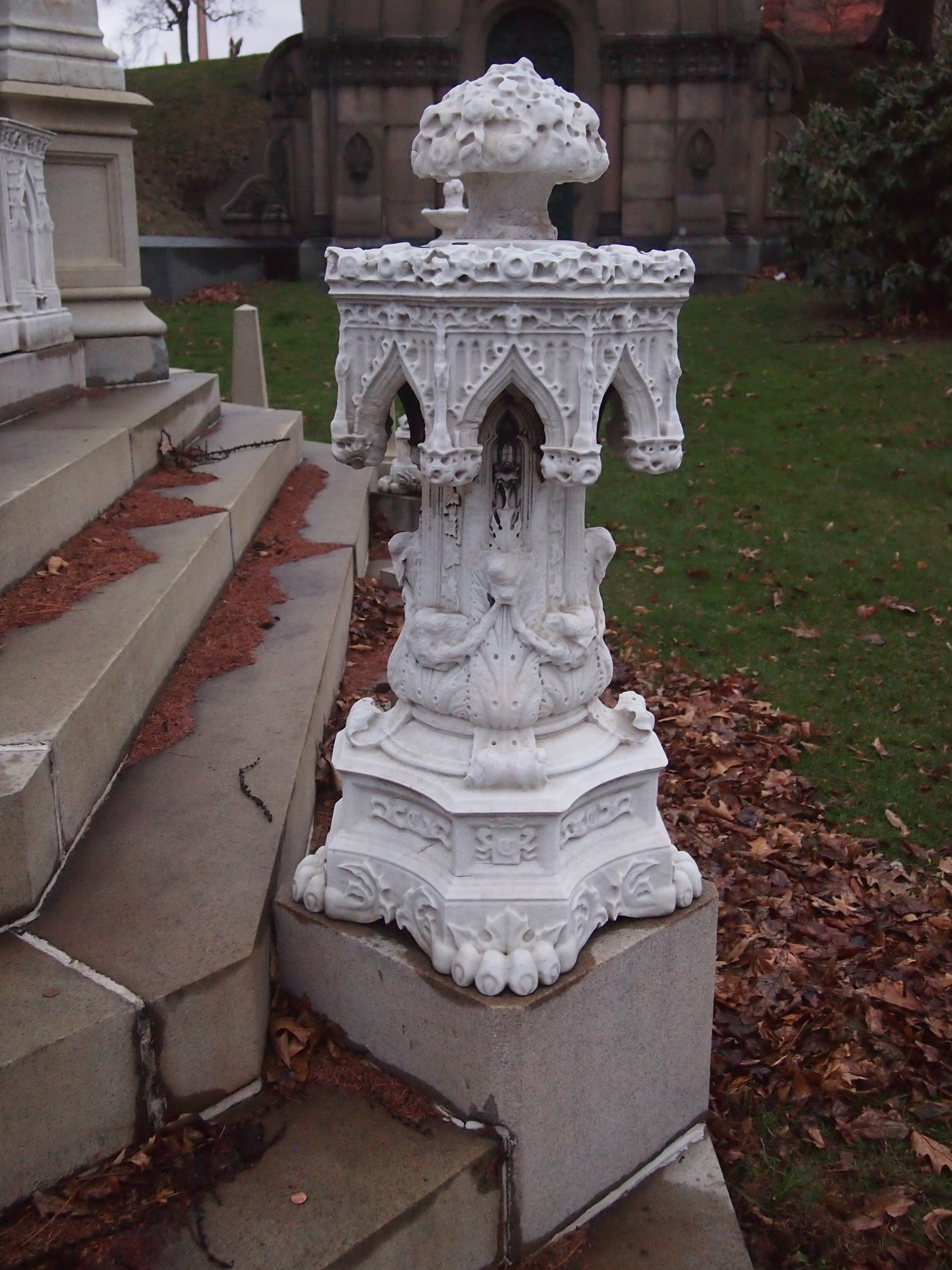
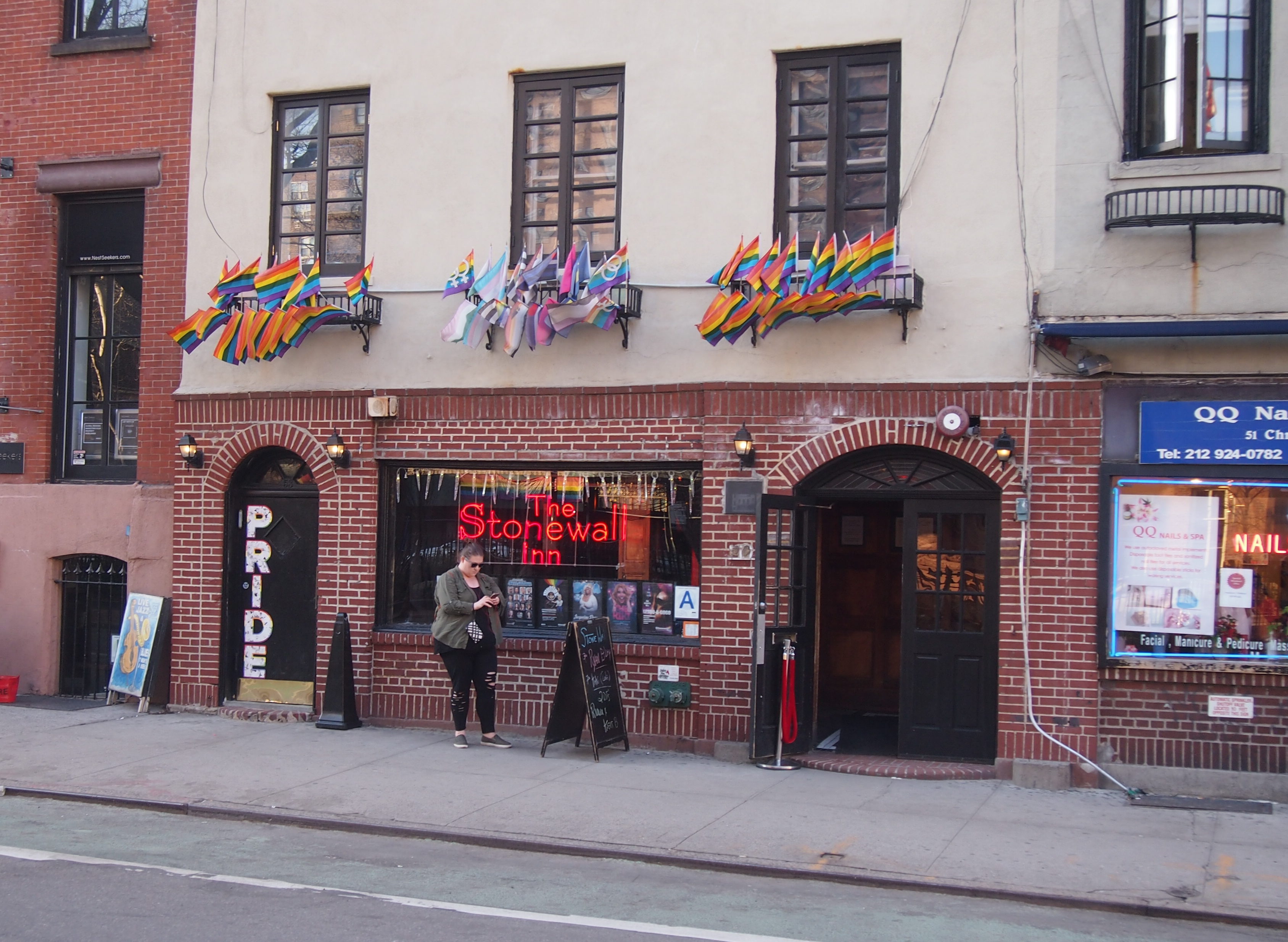
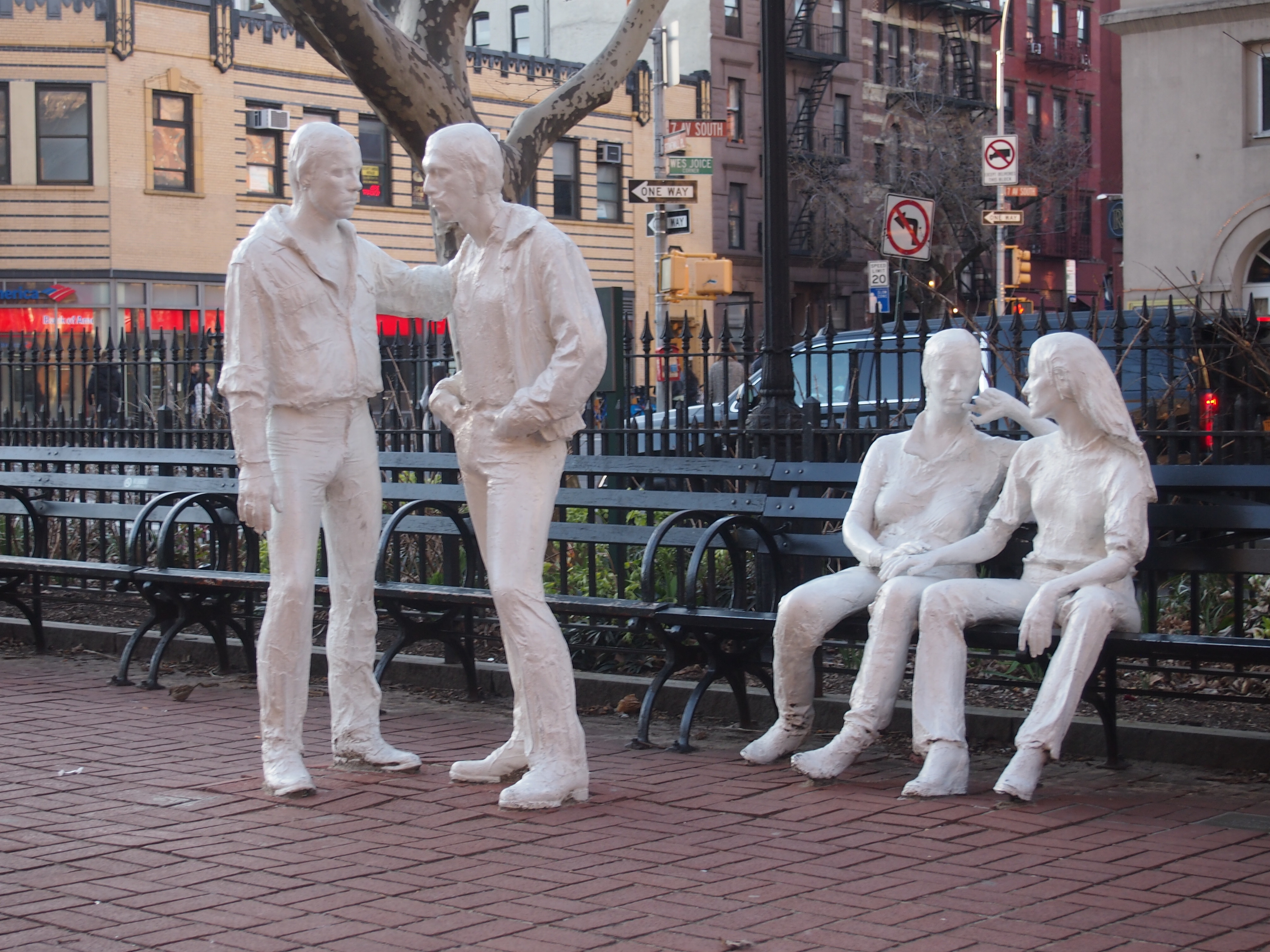
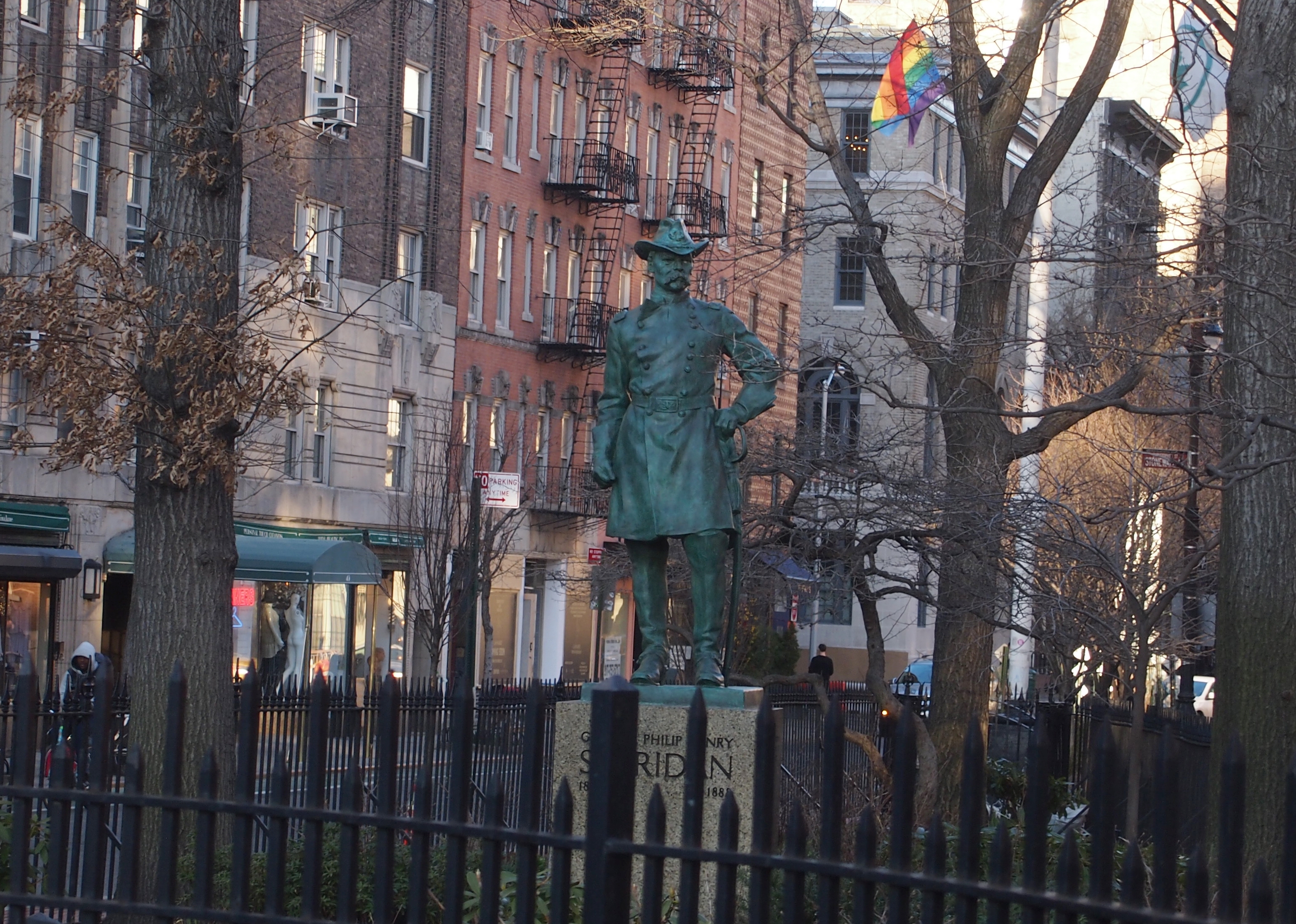
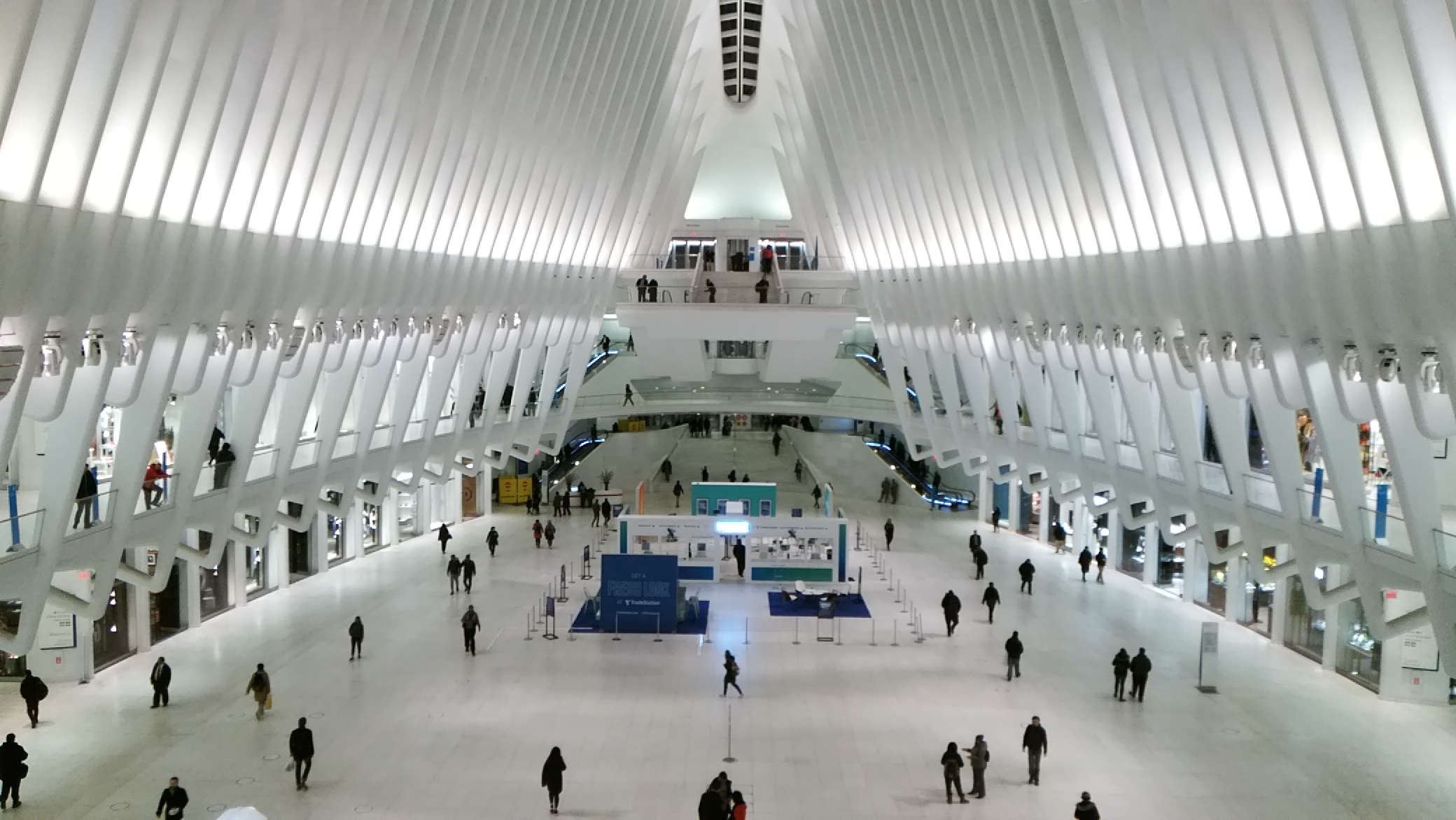
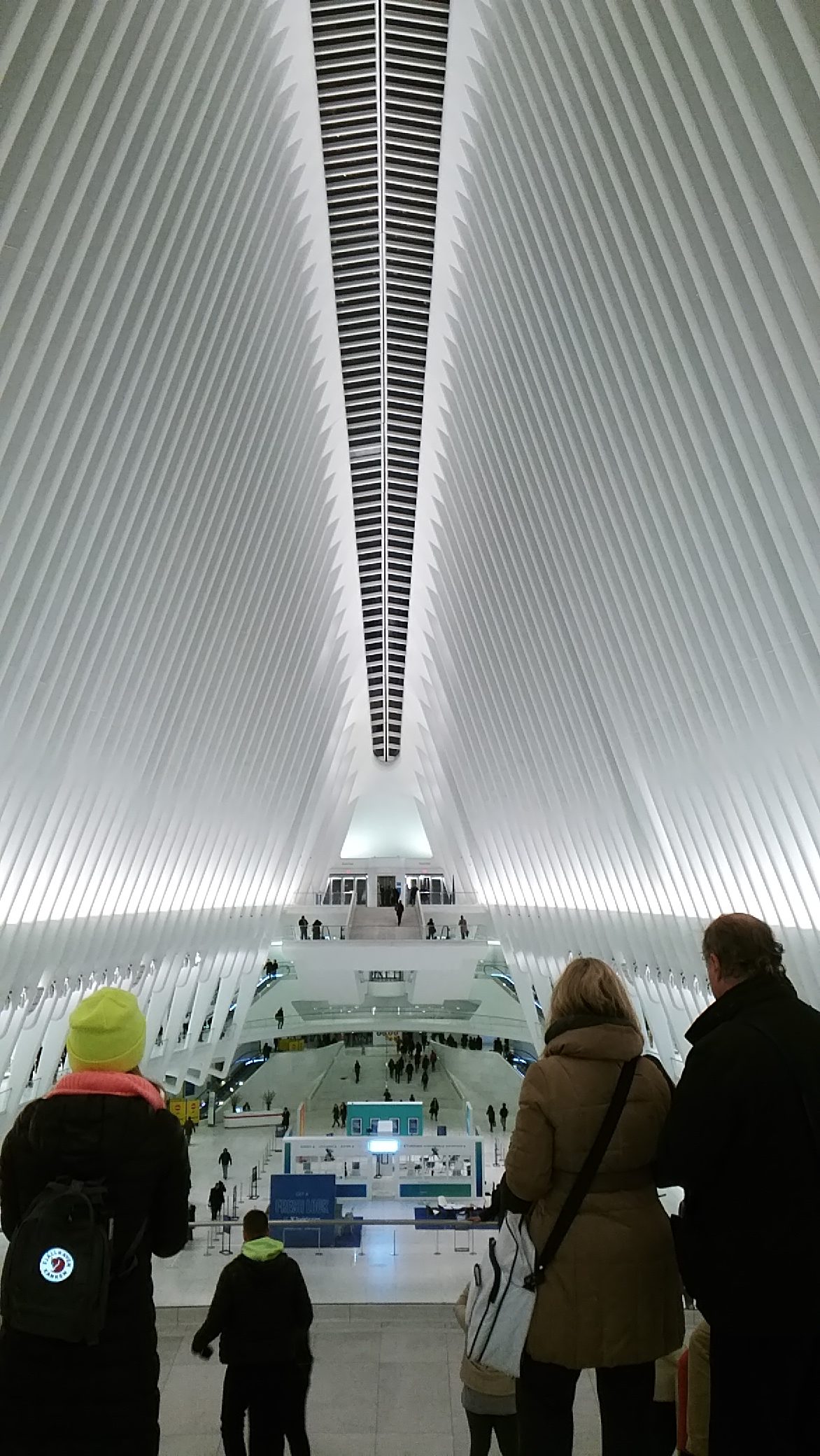 I’d walked to the Oculus from the Downtown restaurant where Geof and his wife Karen and I had had dinner. They wanted to show me the Oculus.
I’d walked to the Oculus from the Downtown restaurant where Geof and his wife Karen and I had had dinner. They wanted to show me the Oculus.